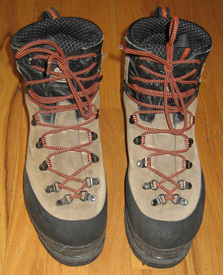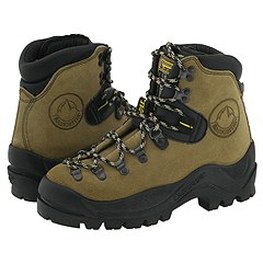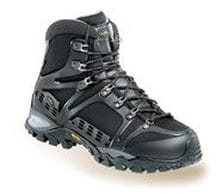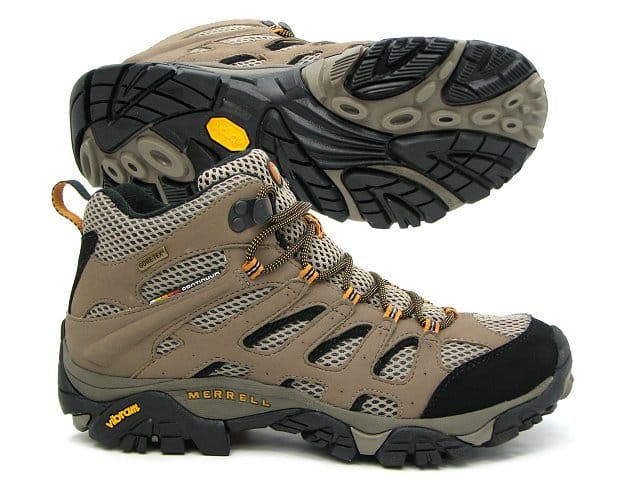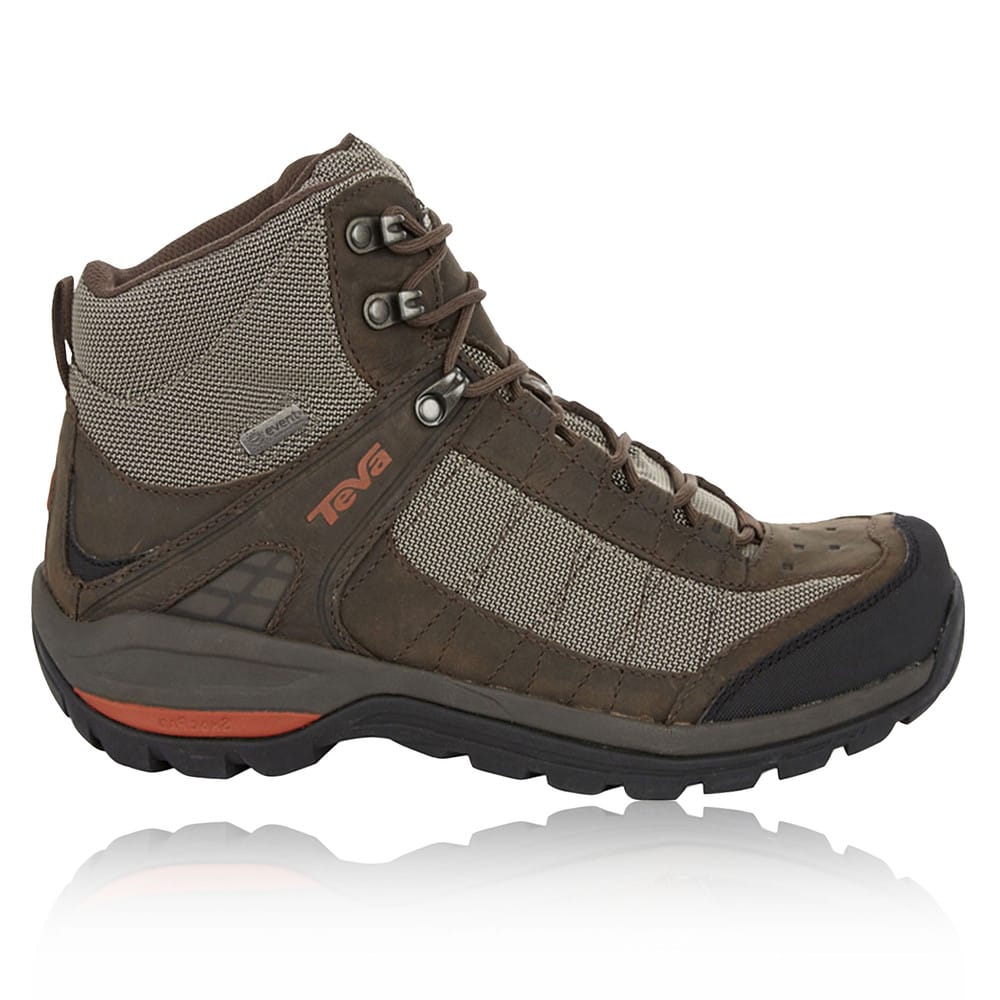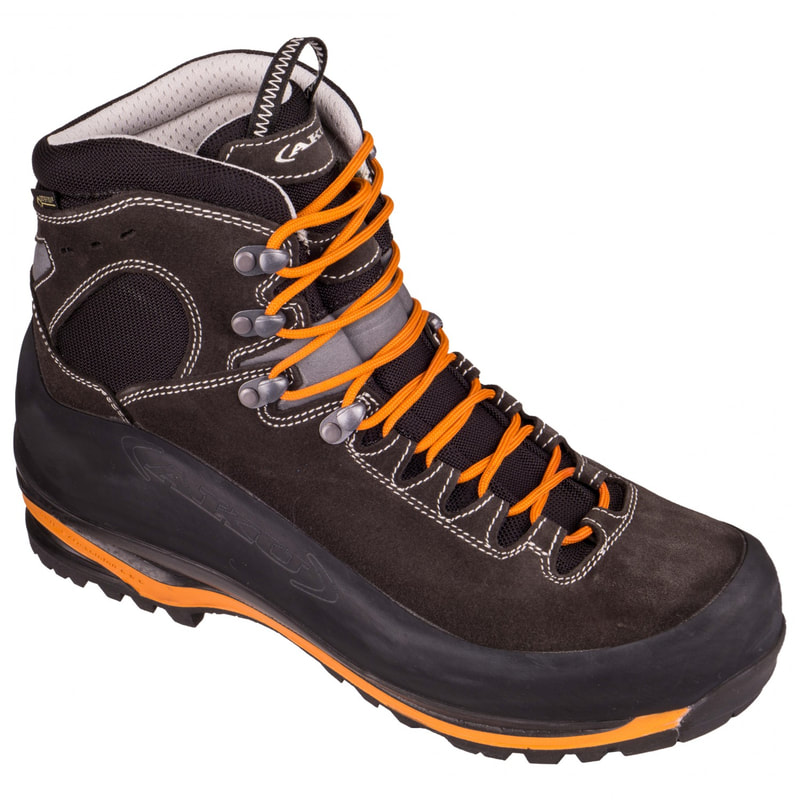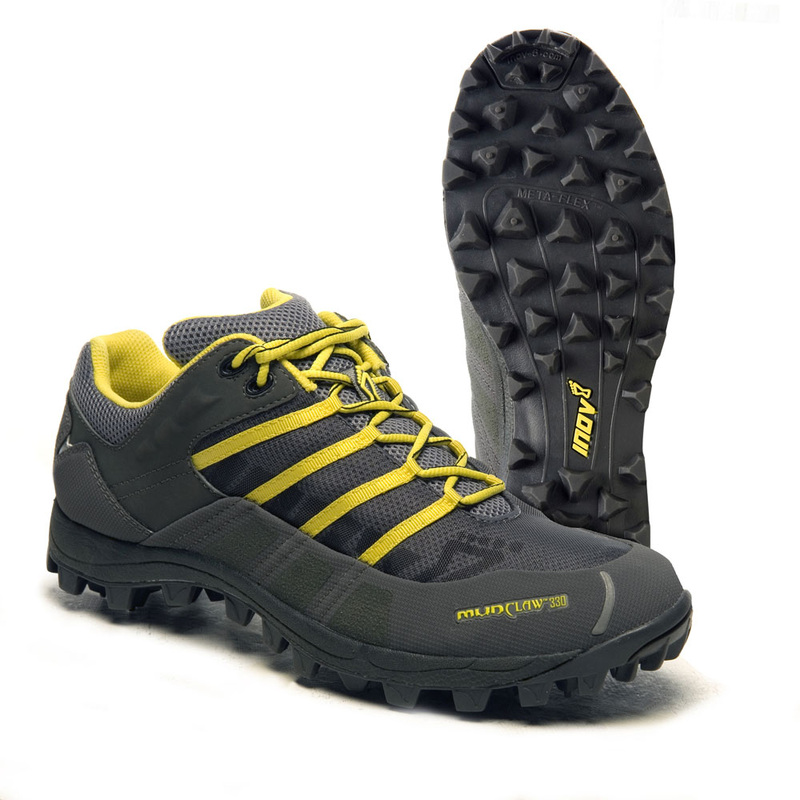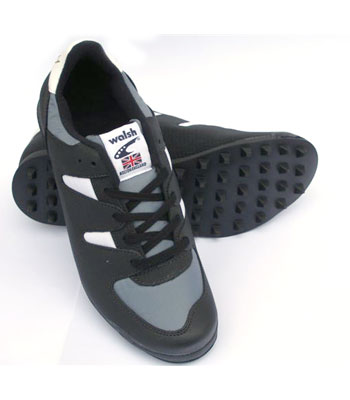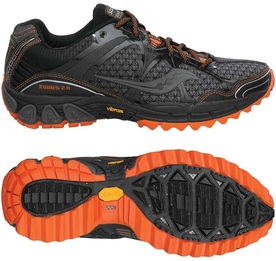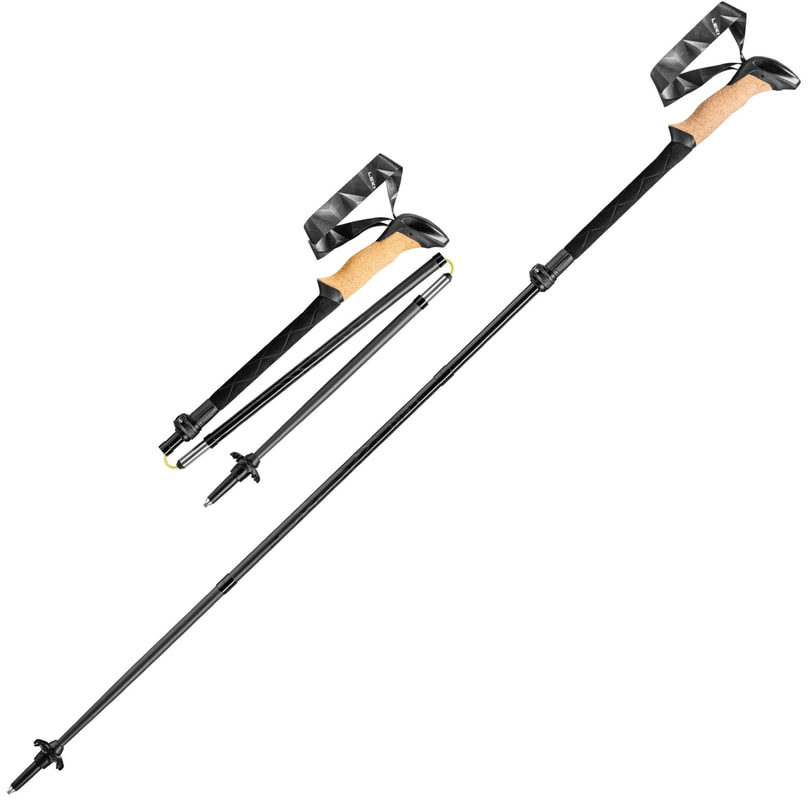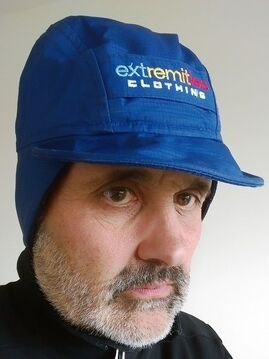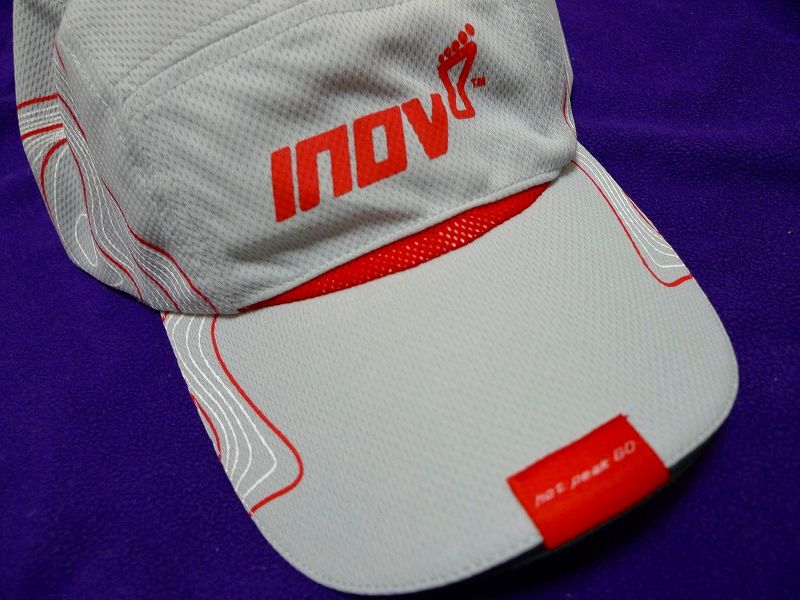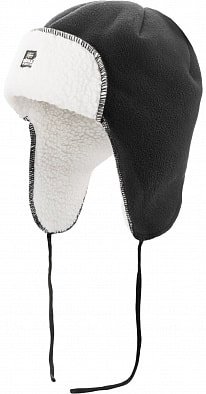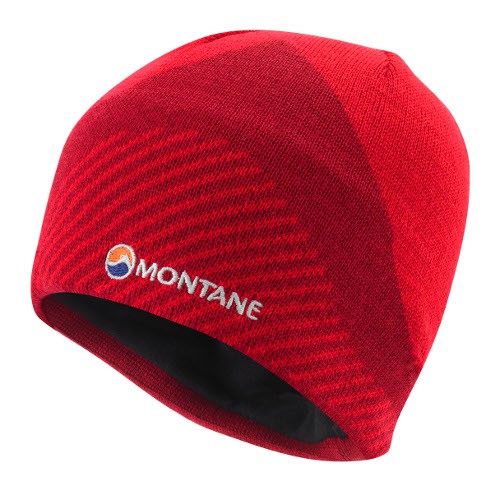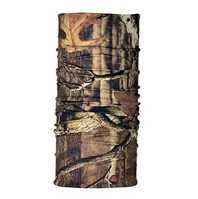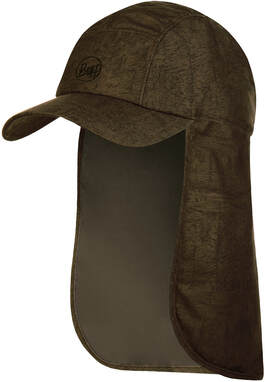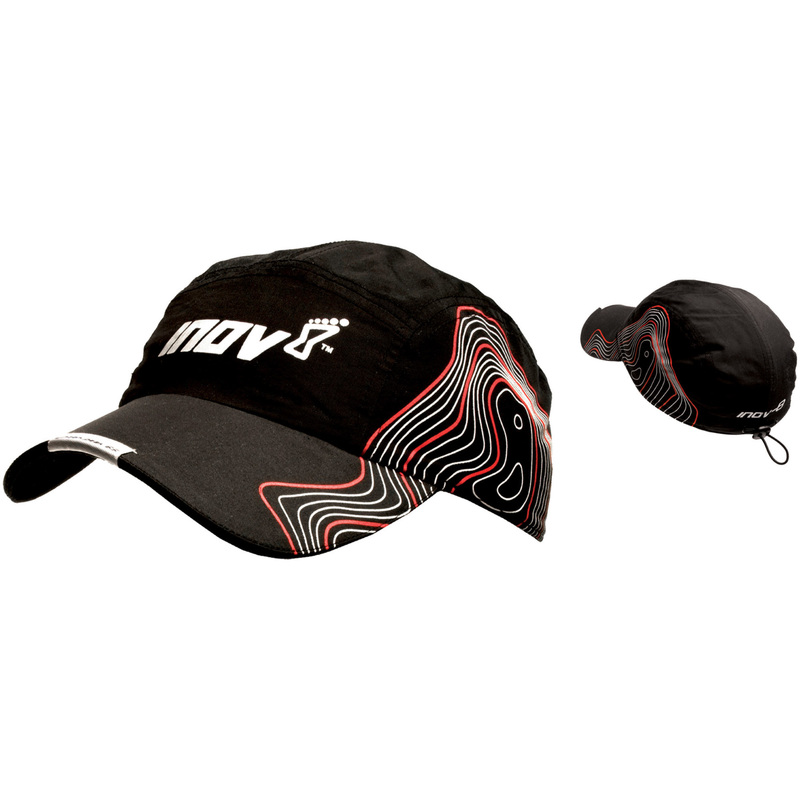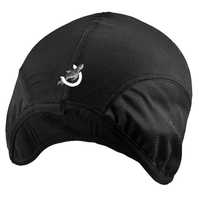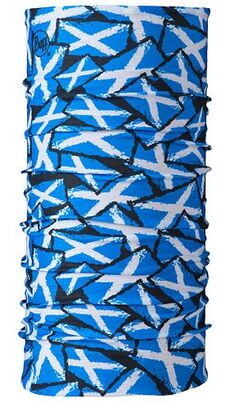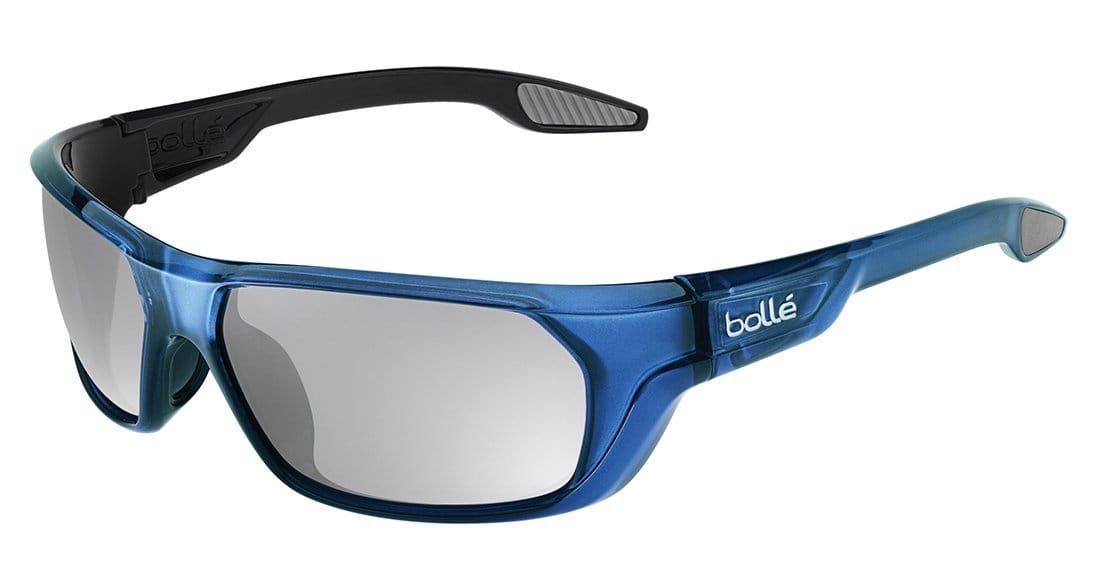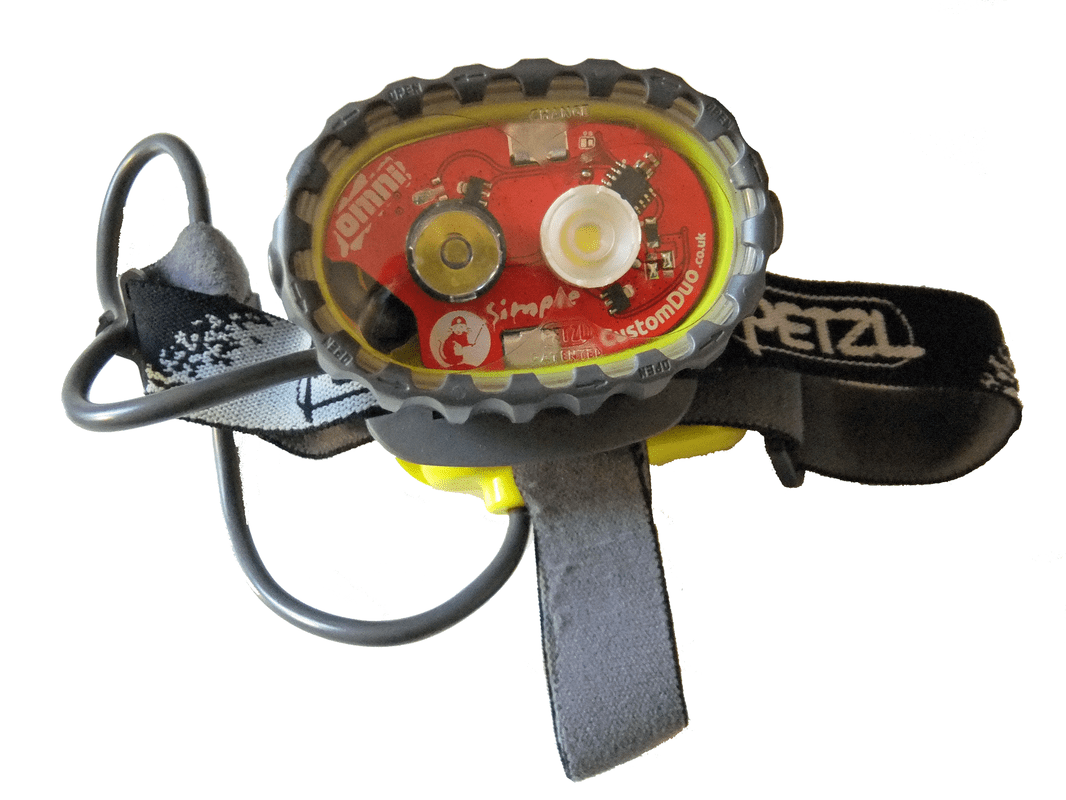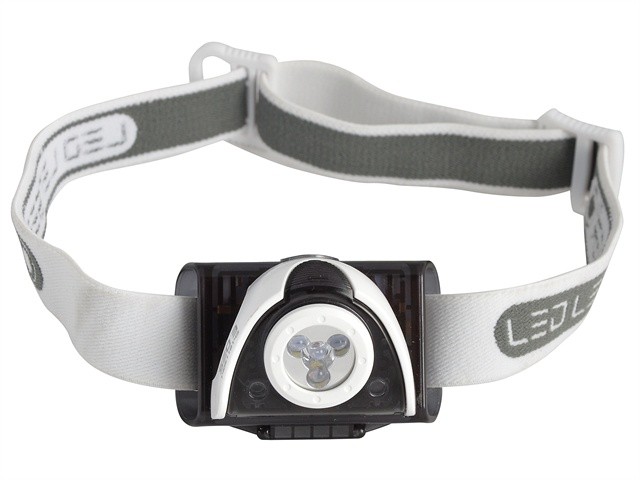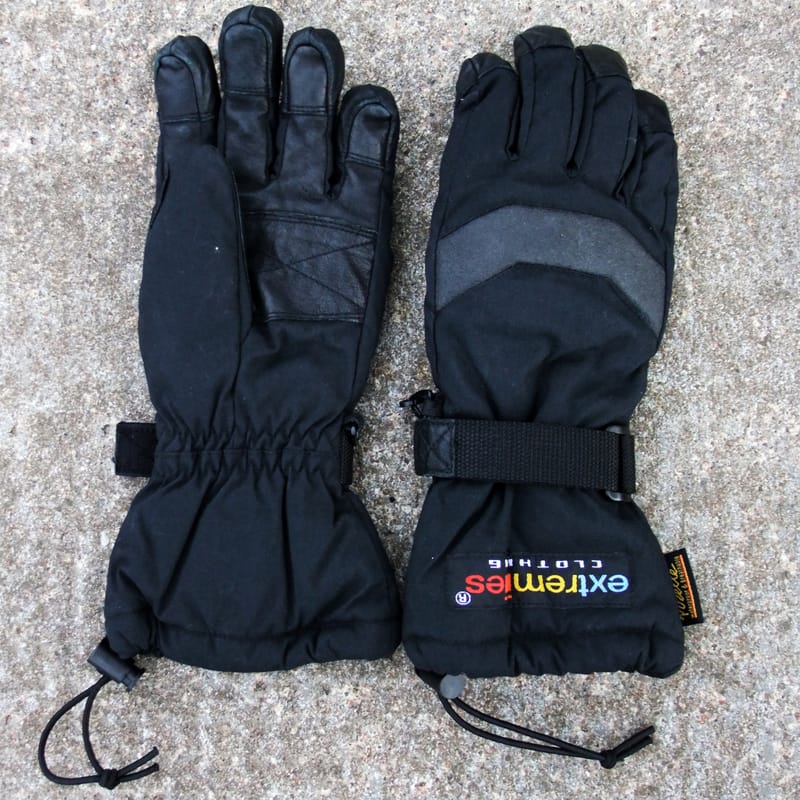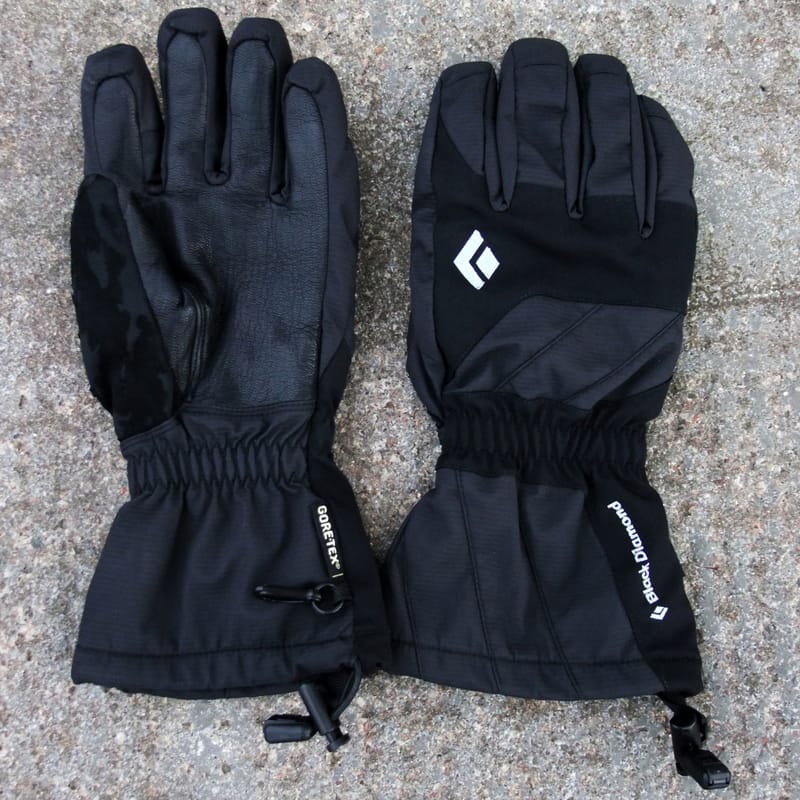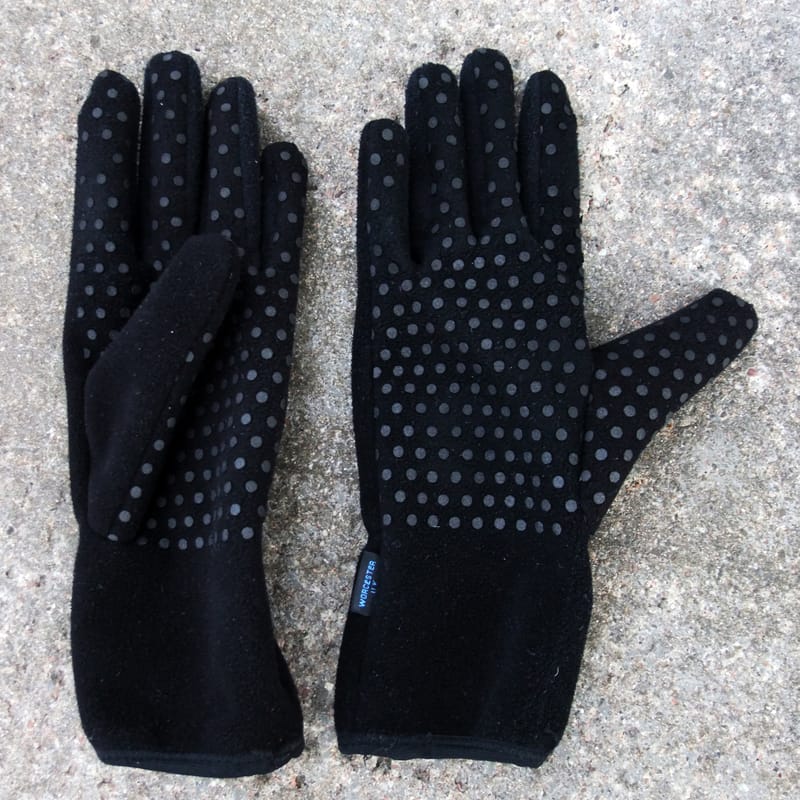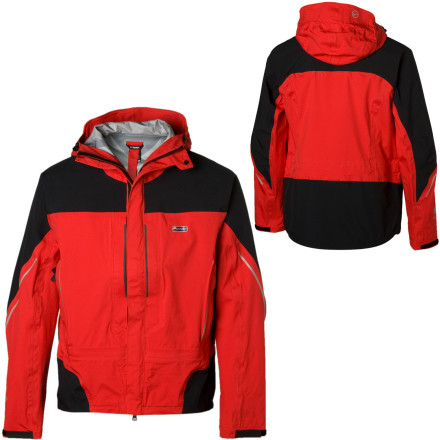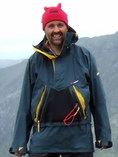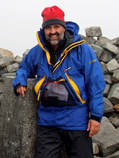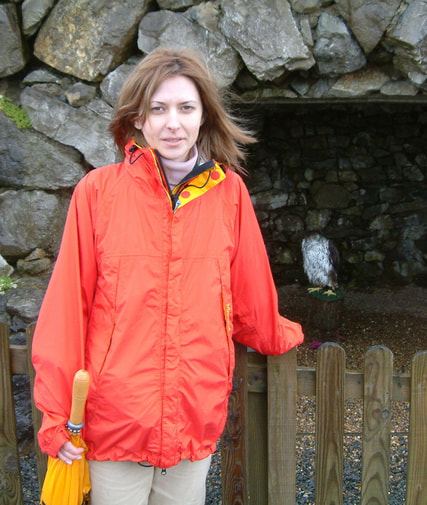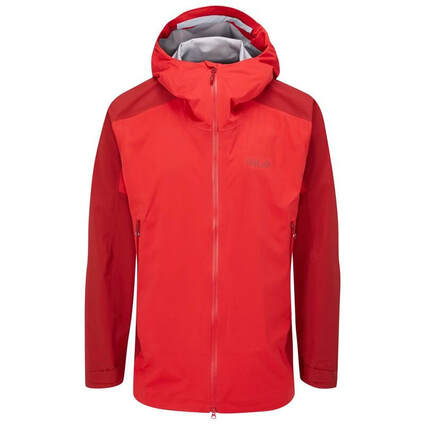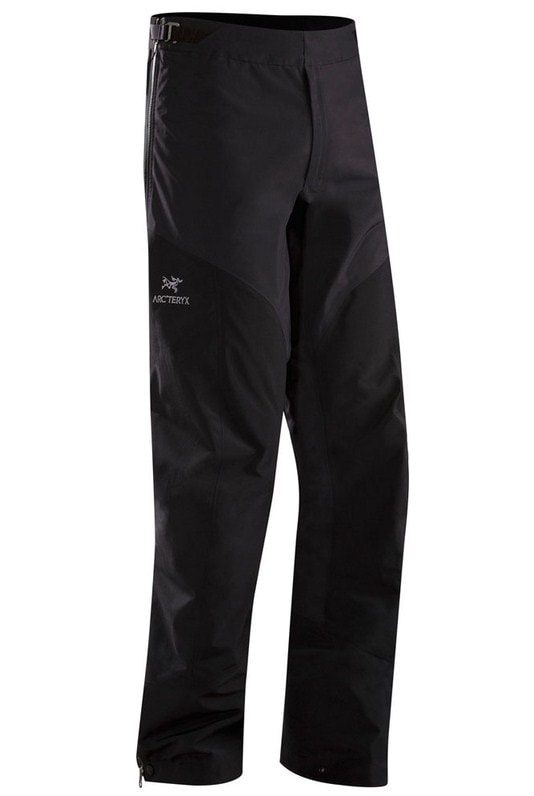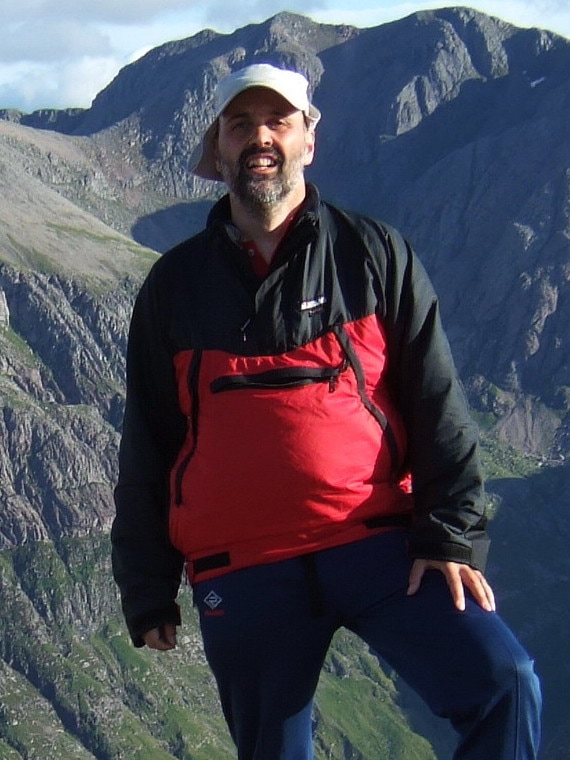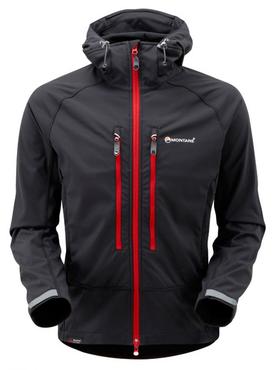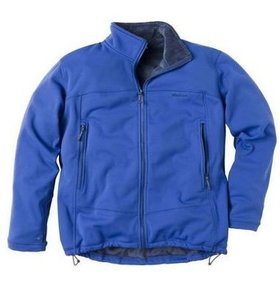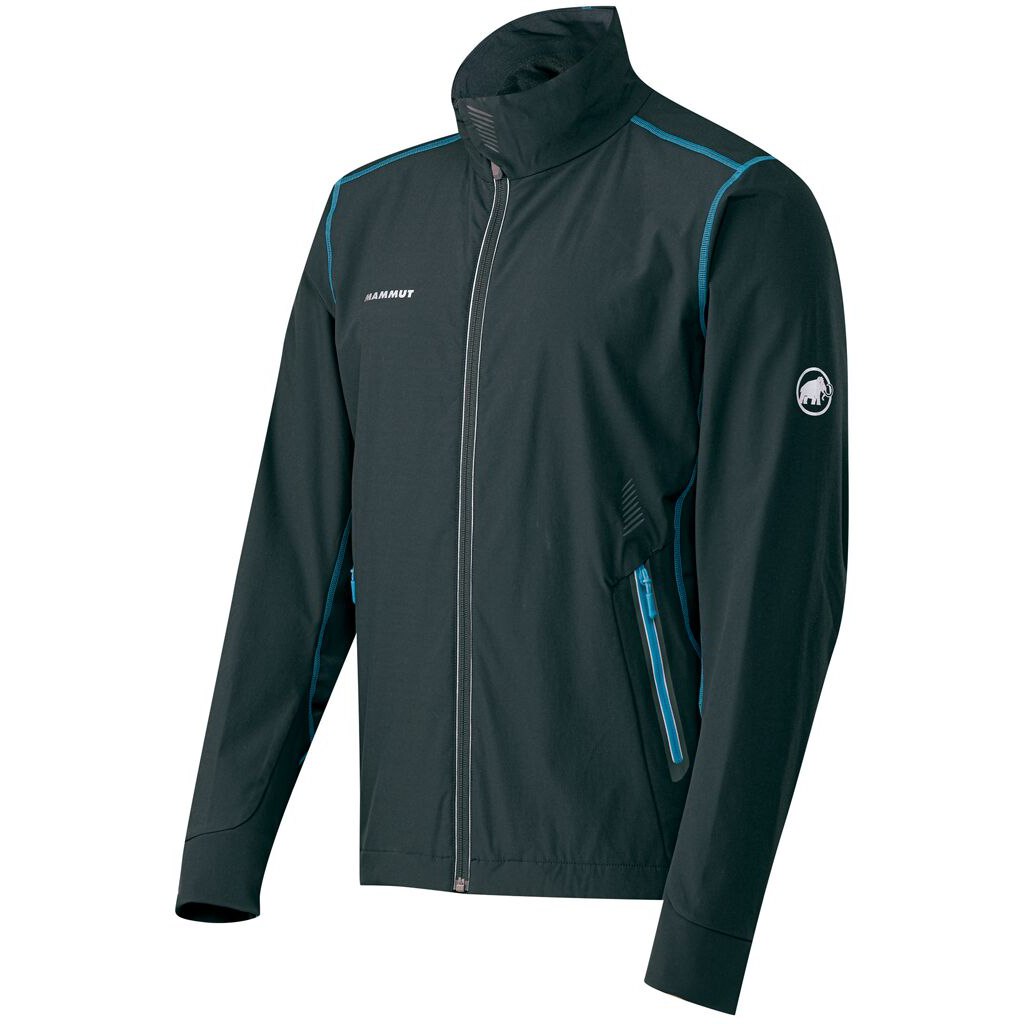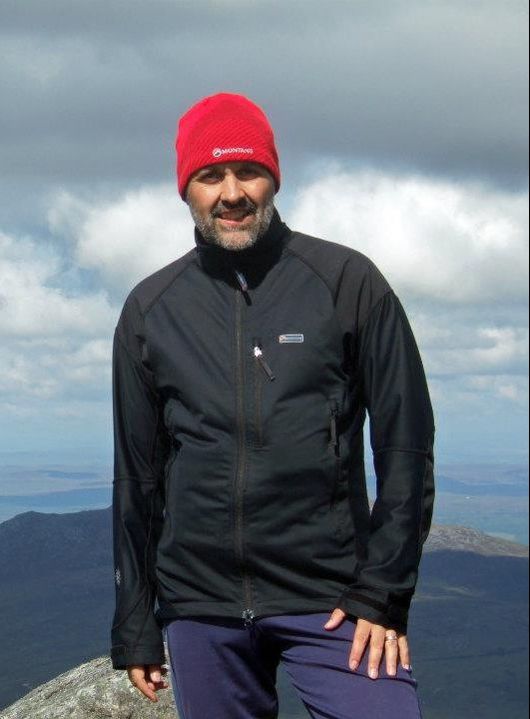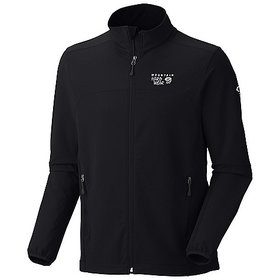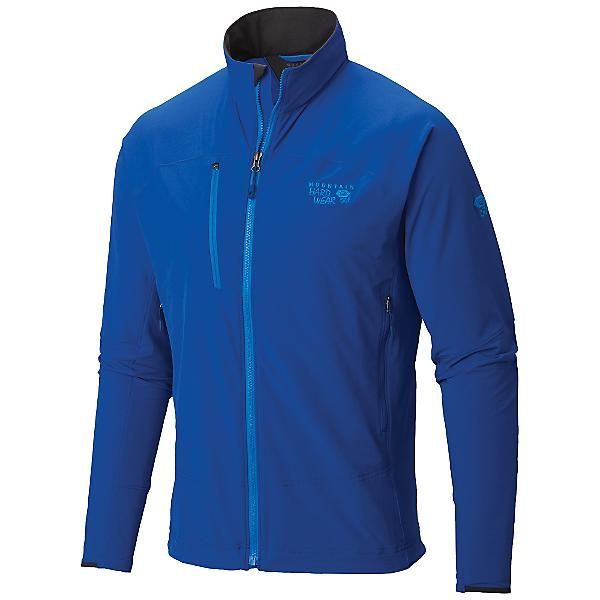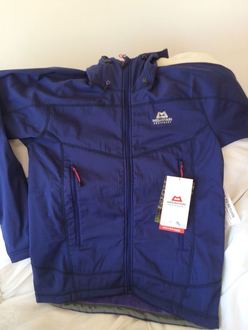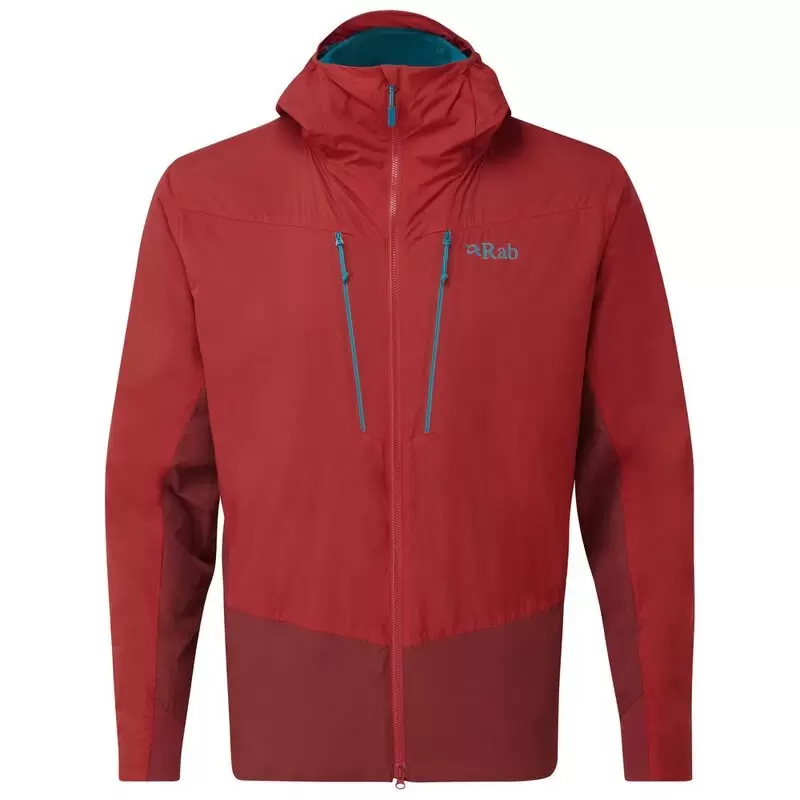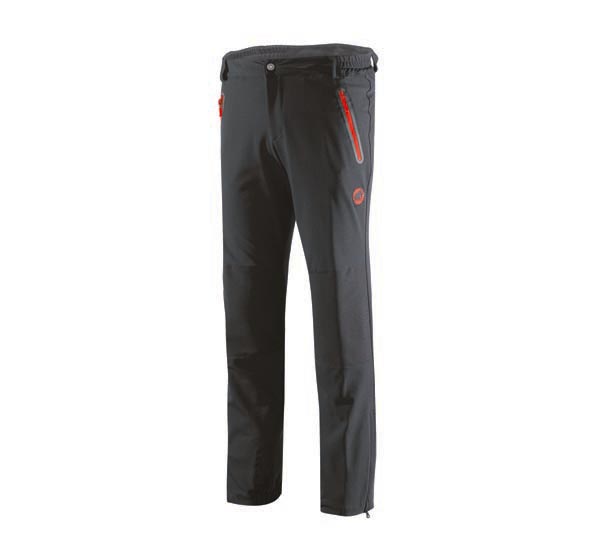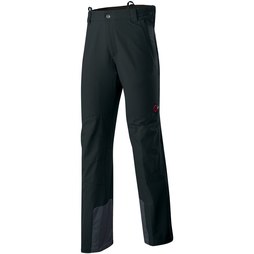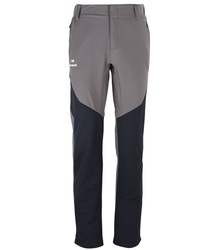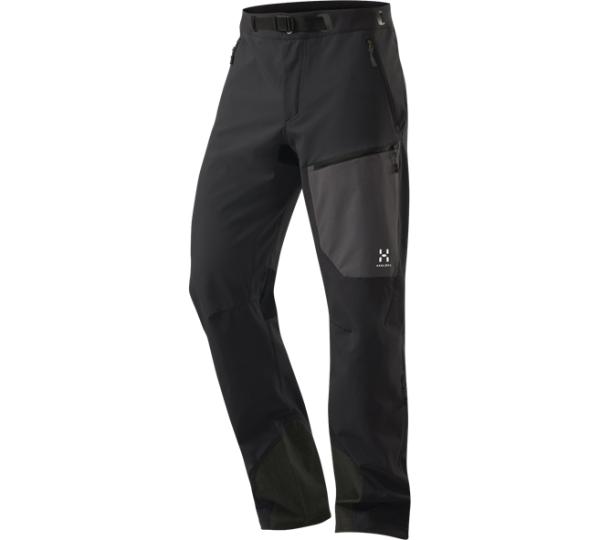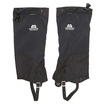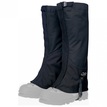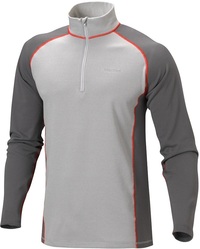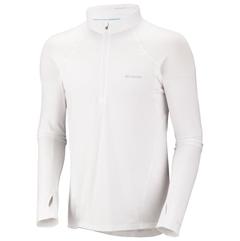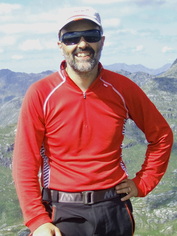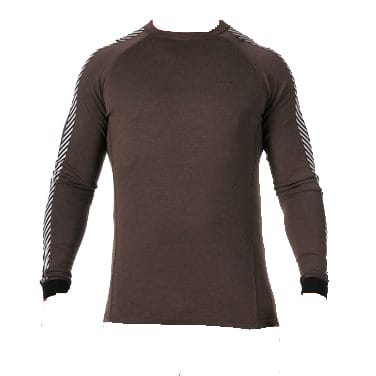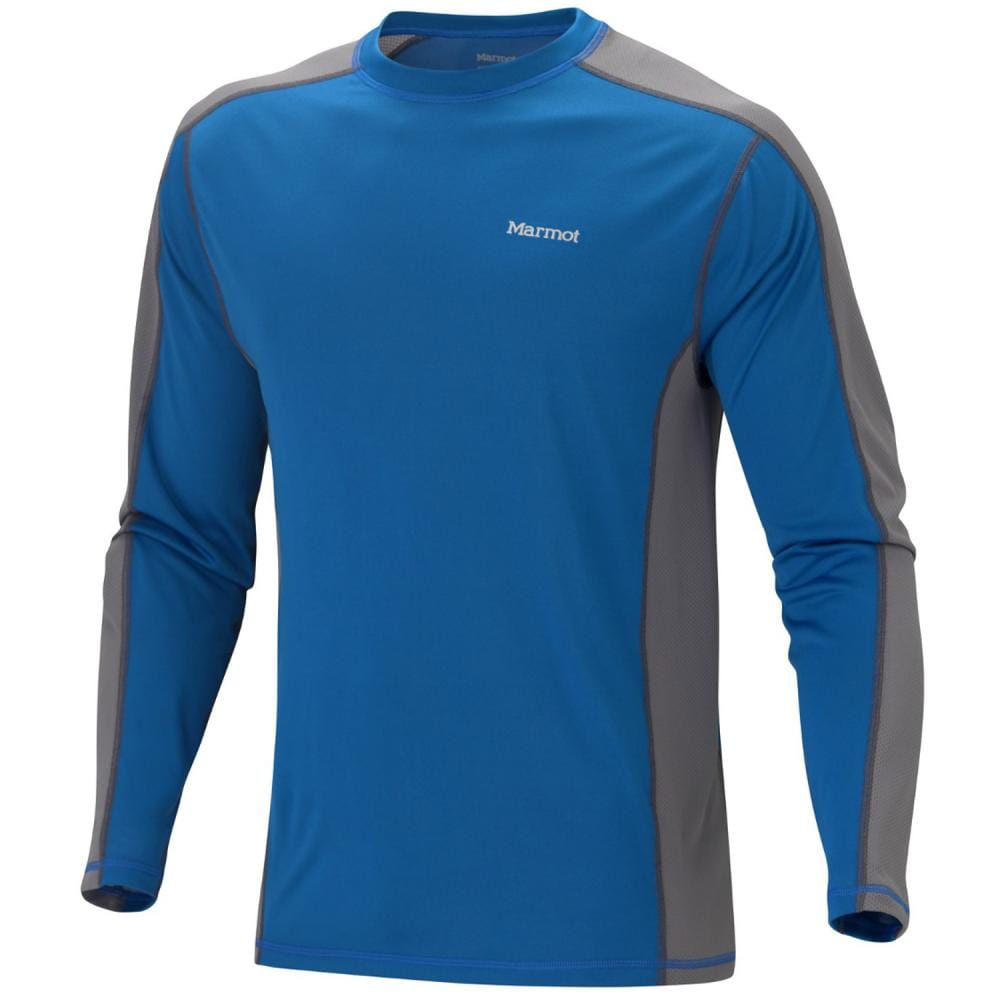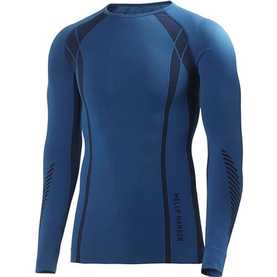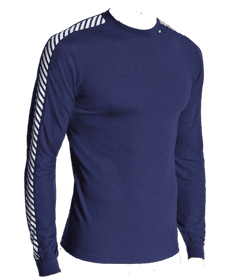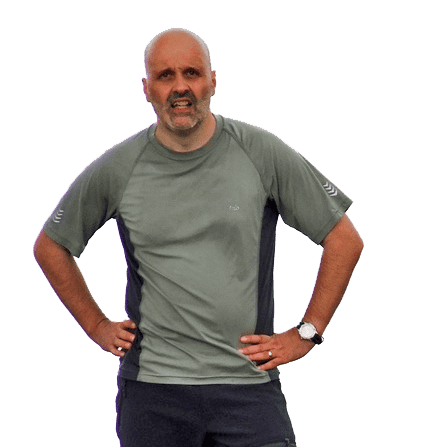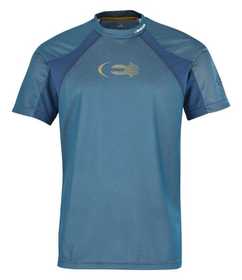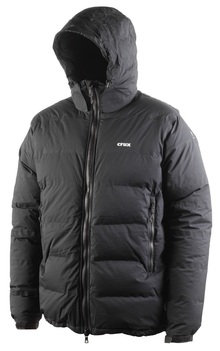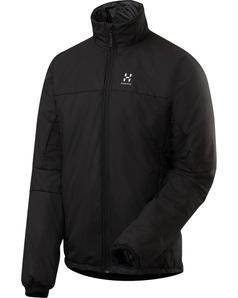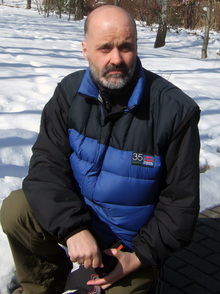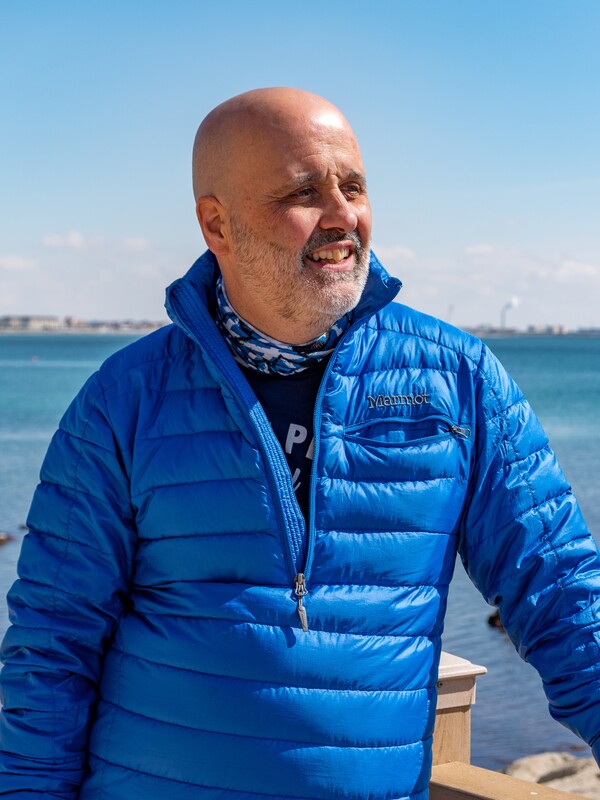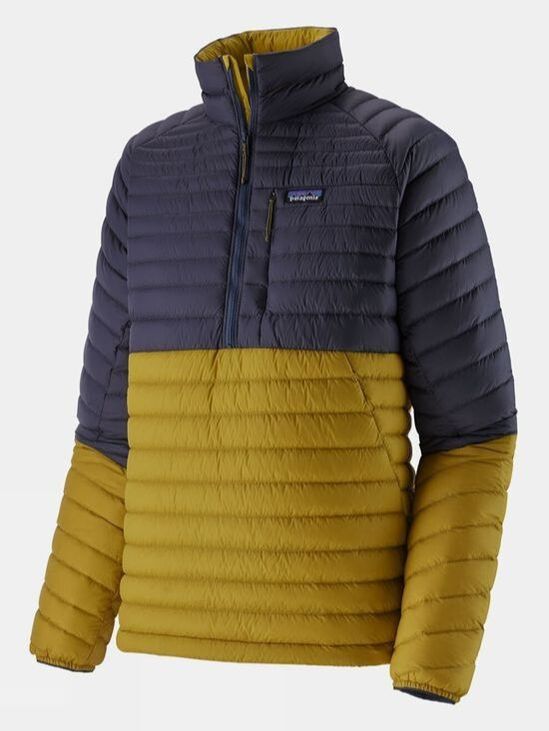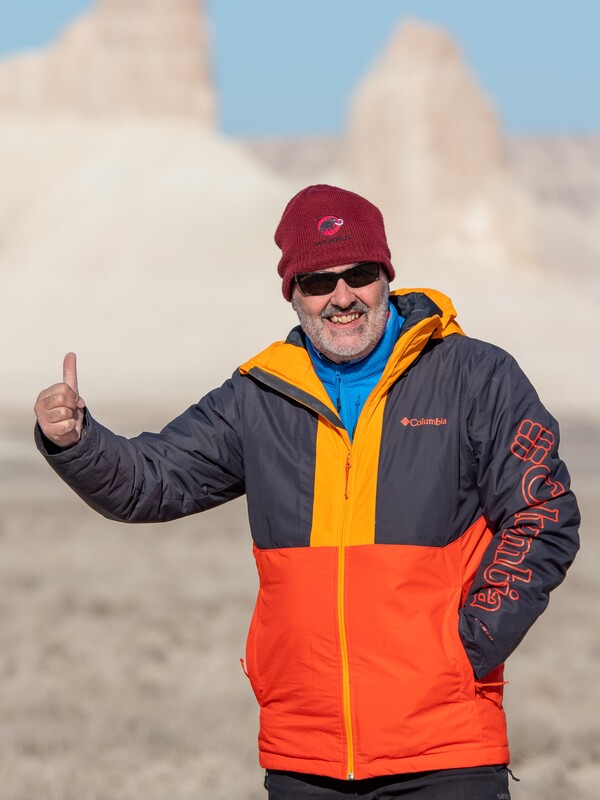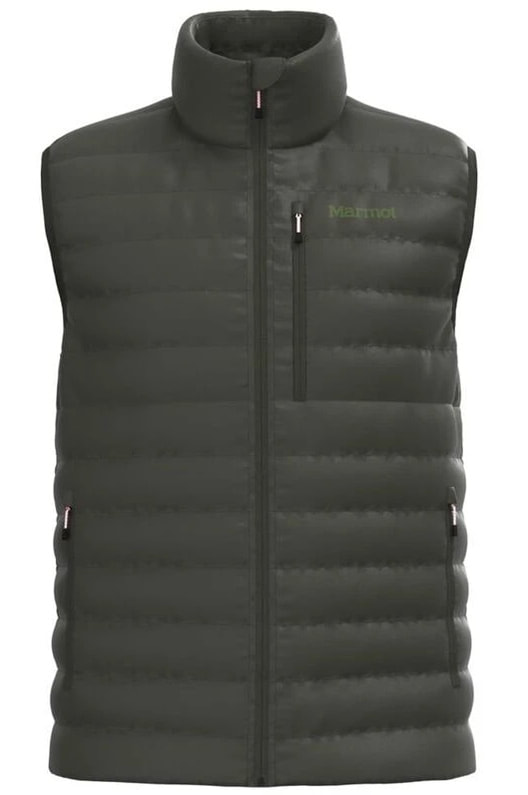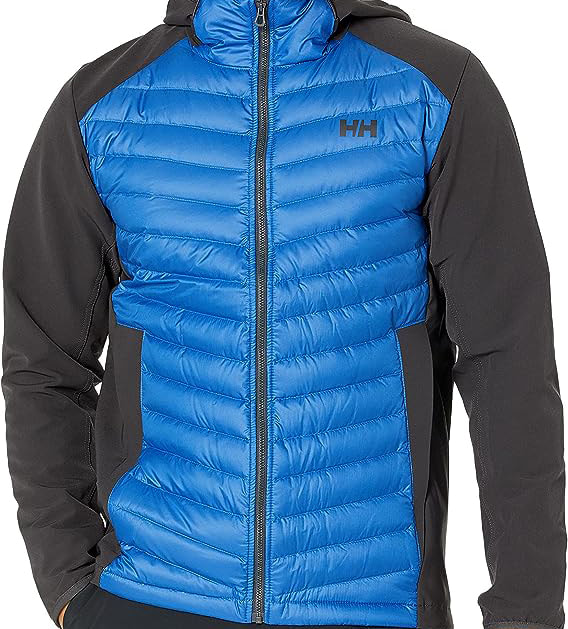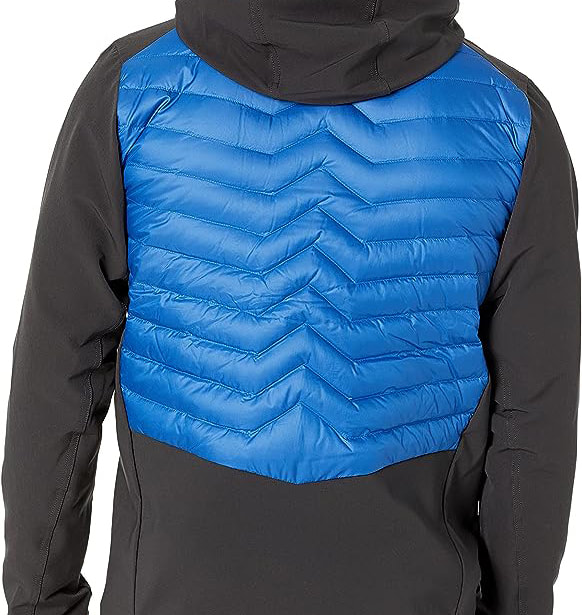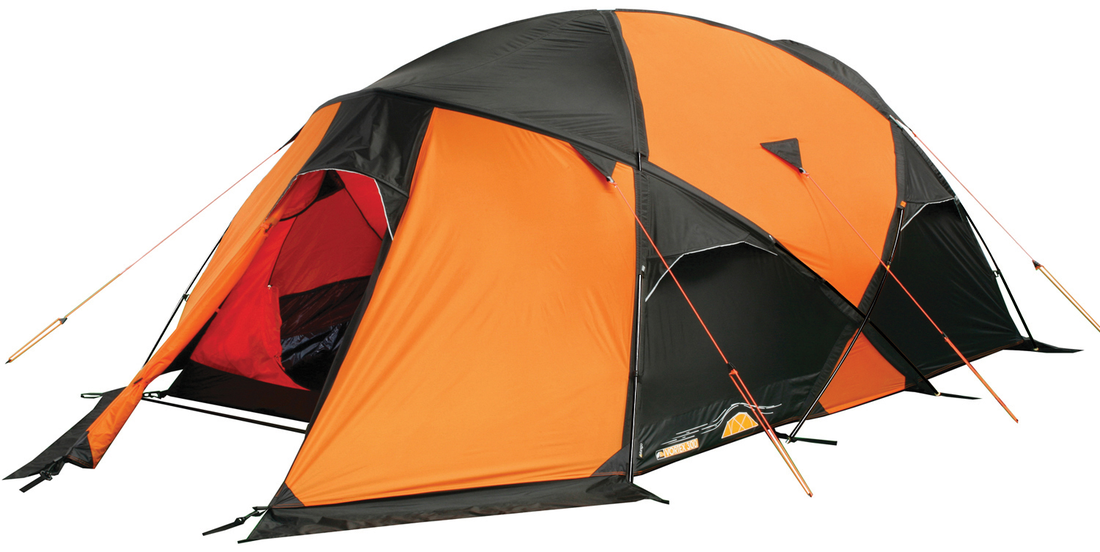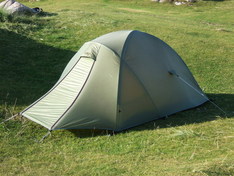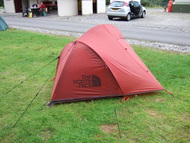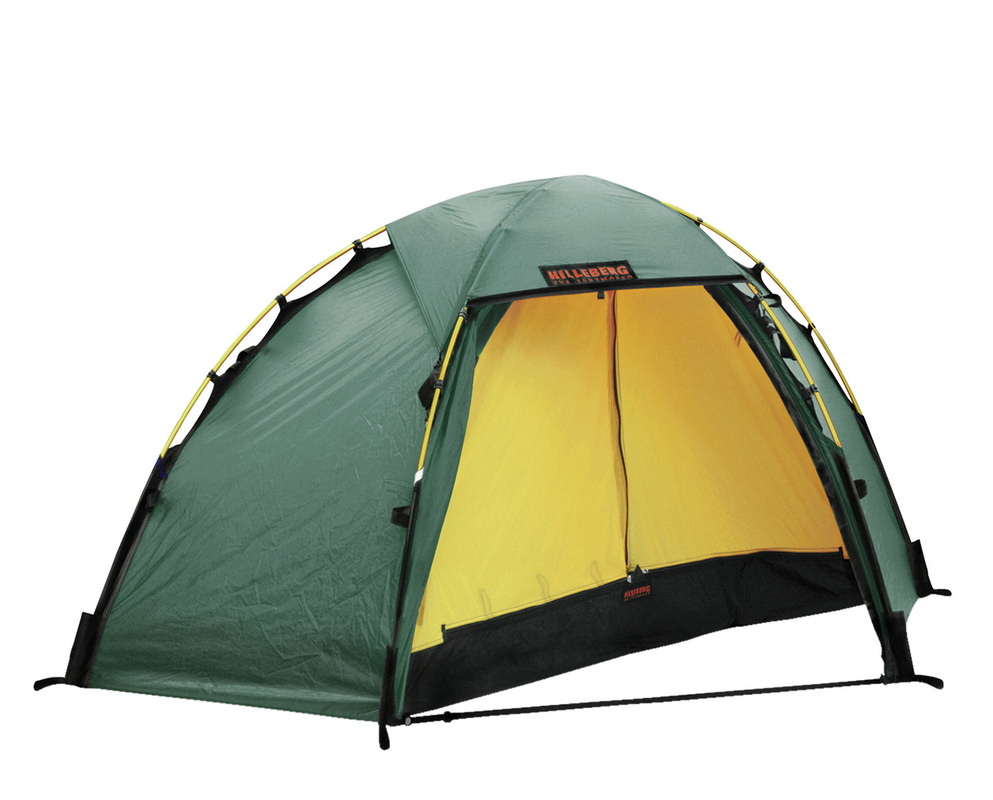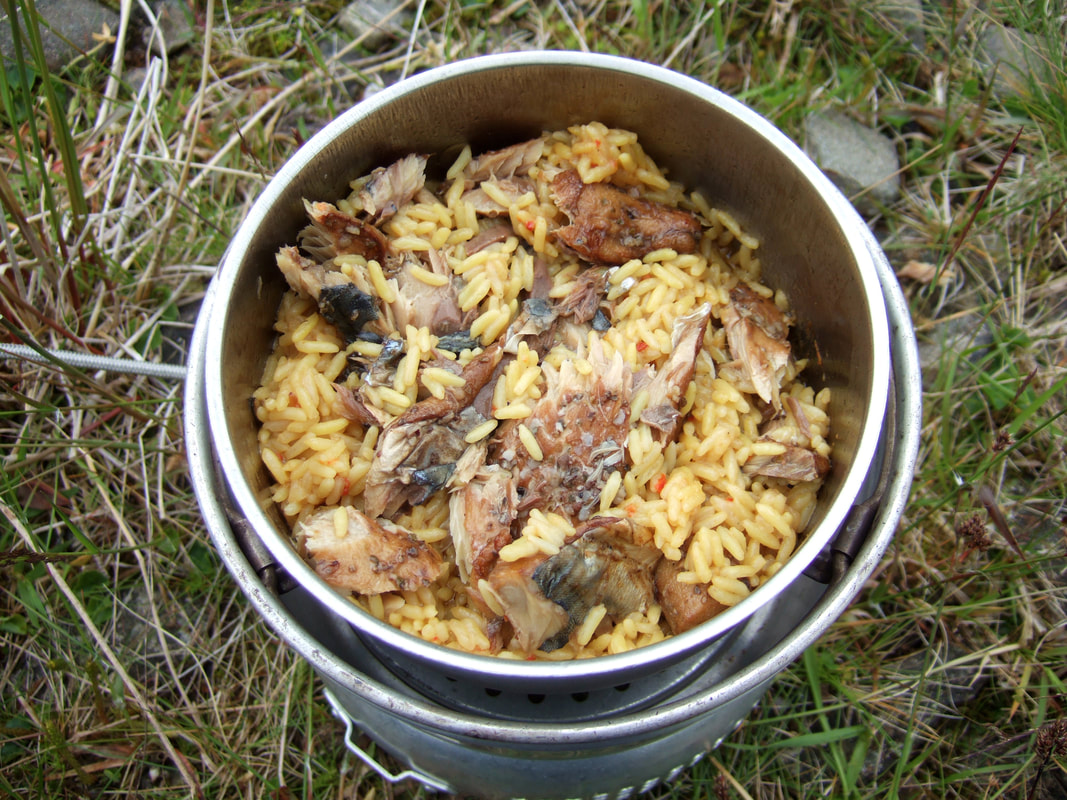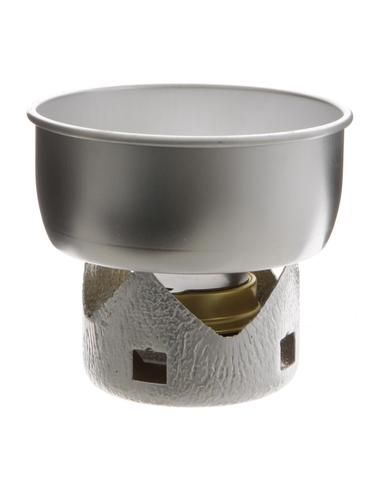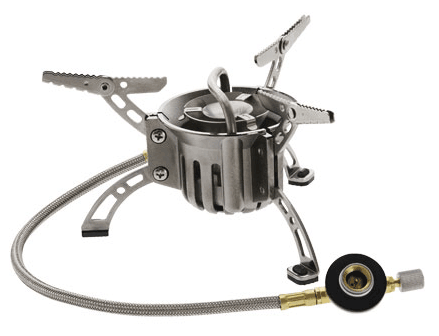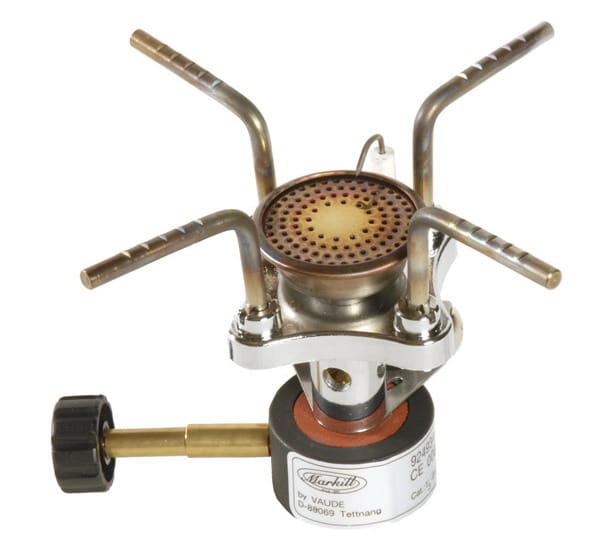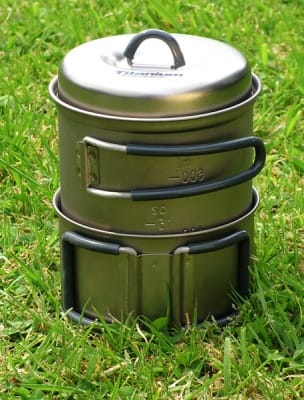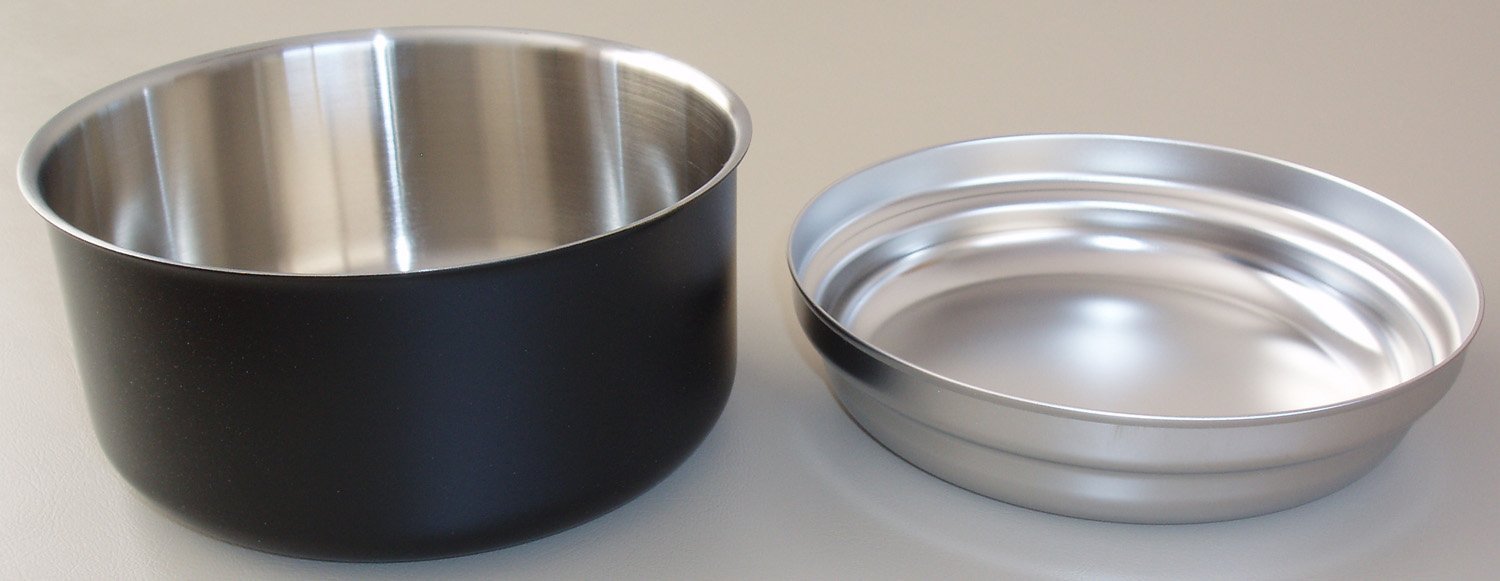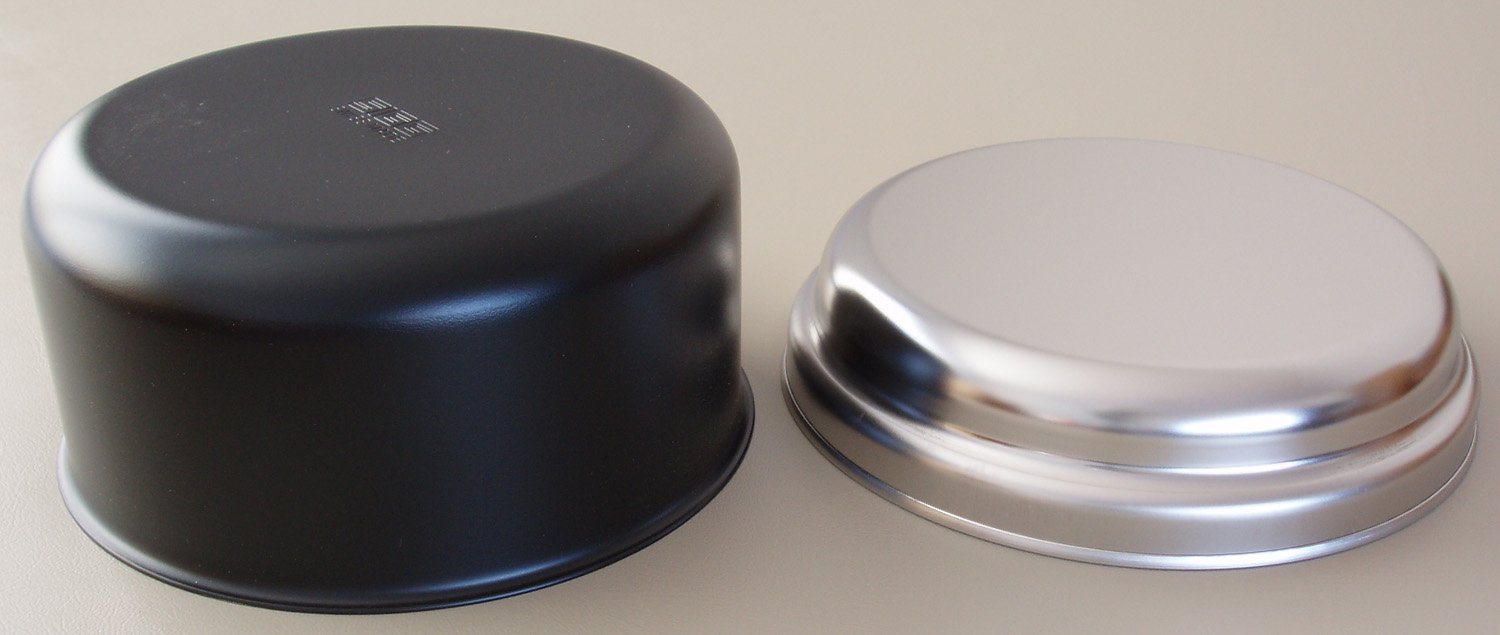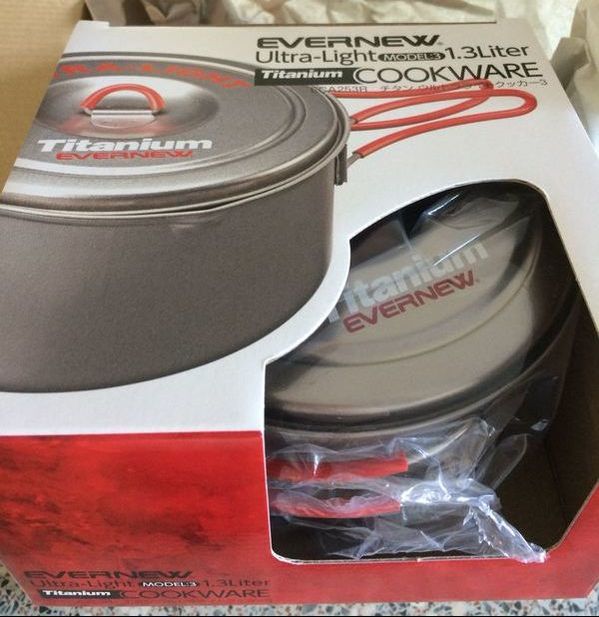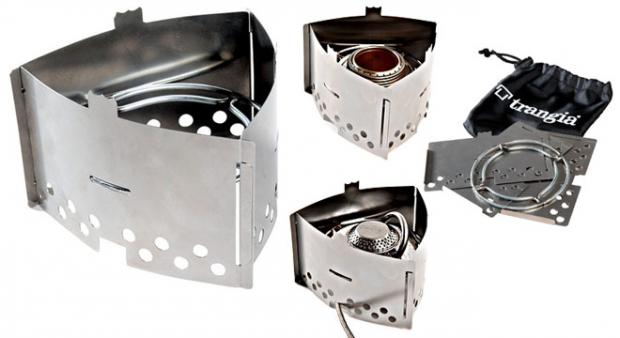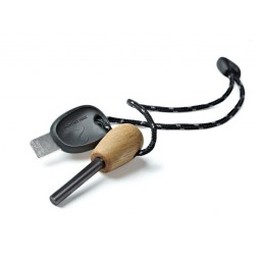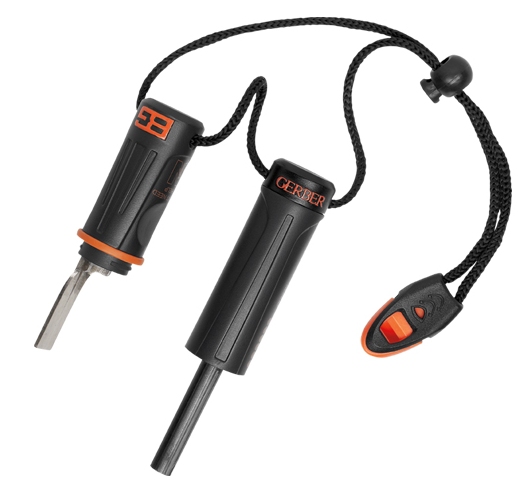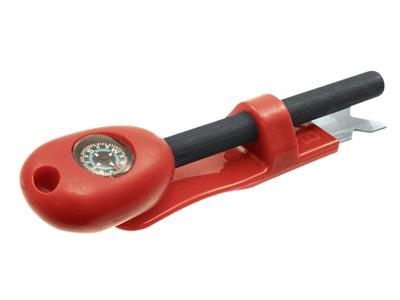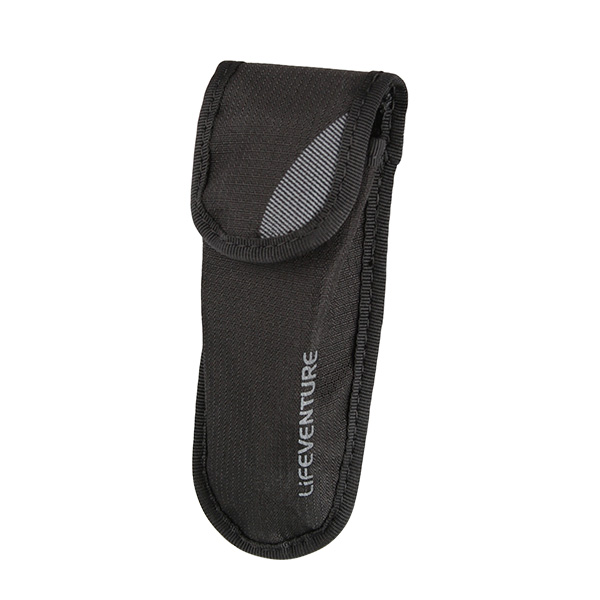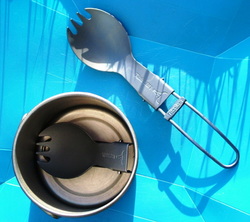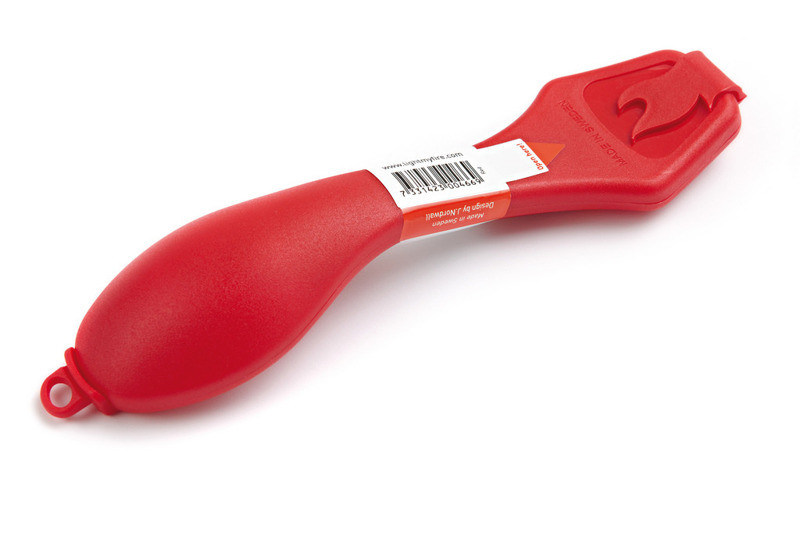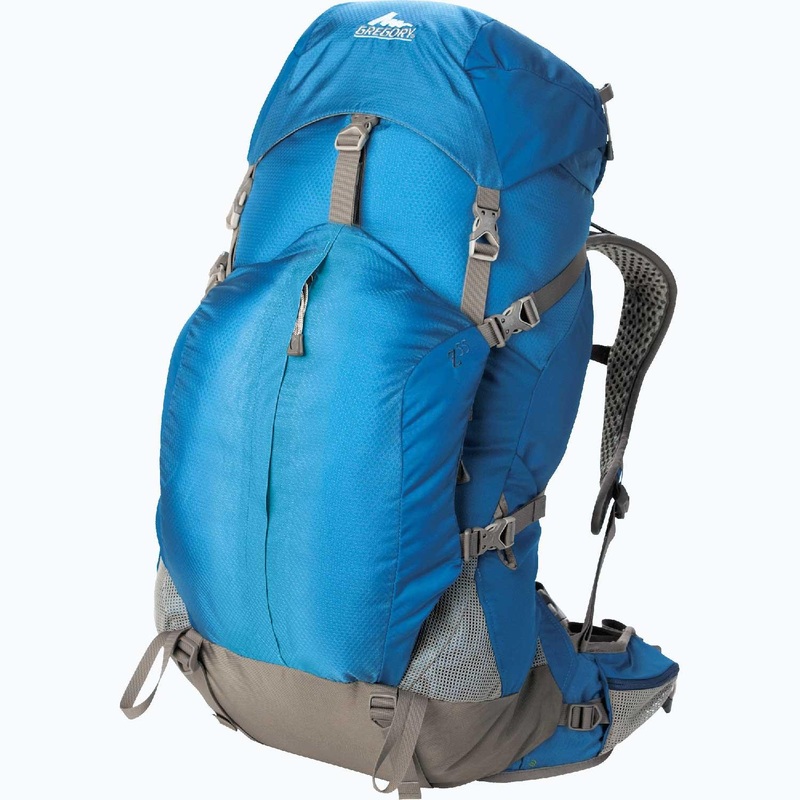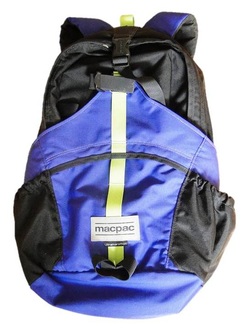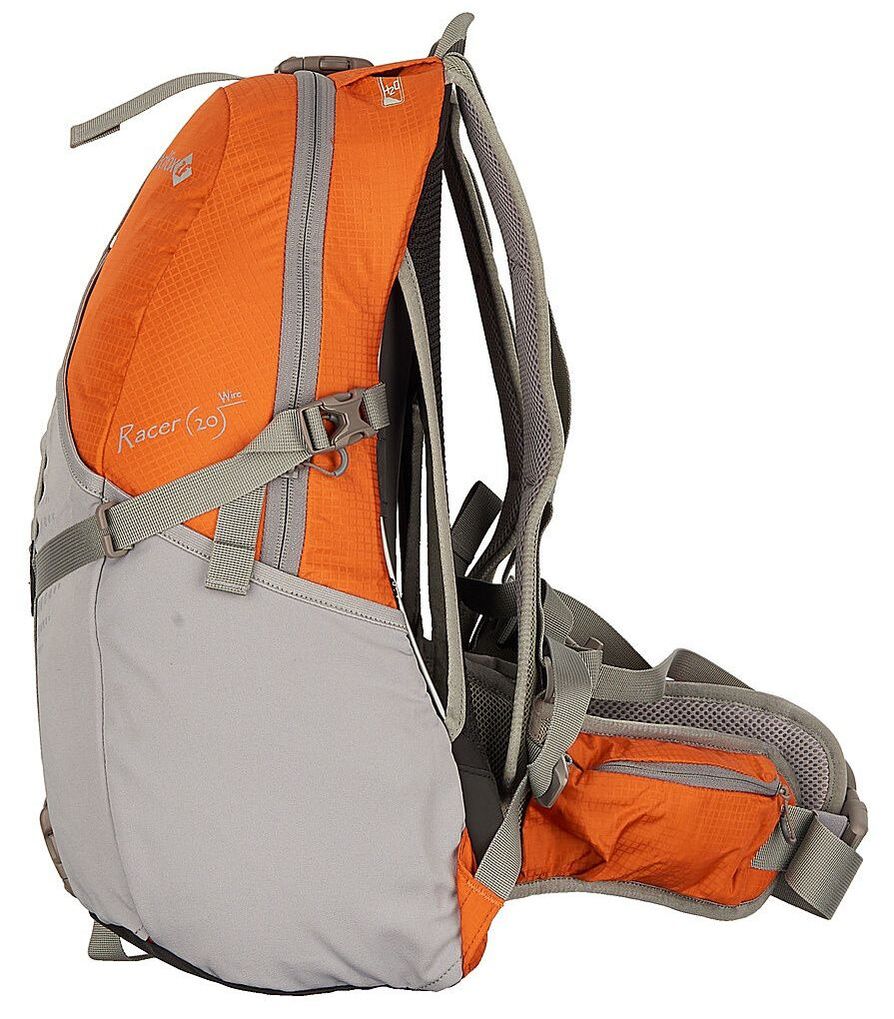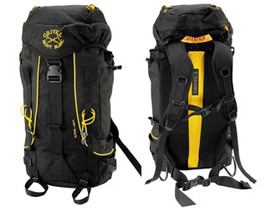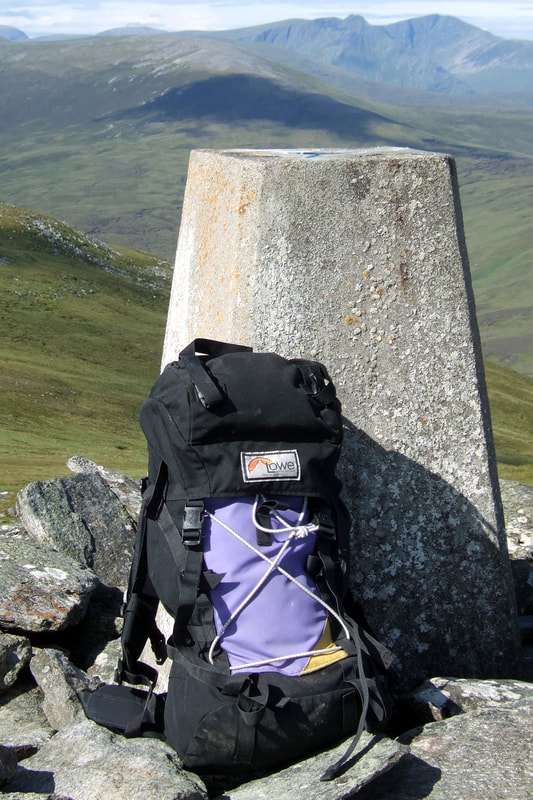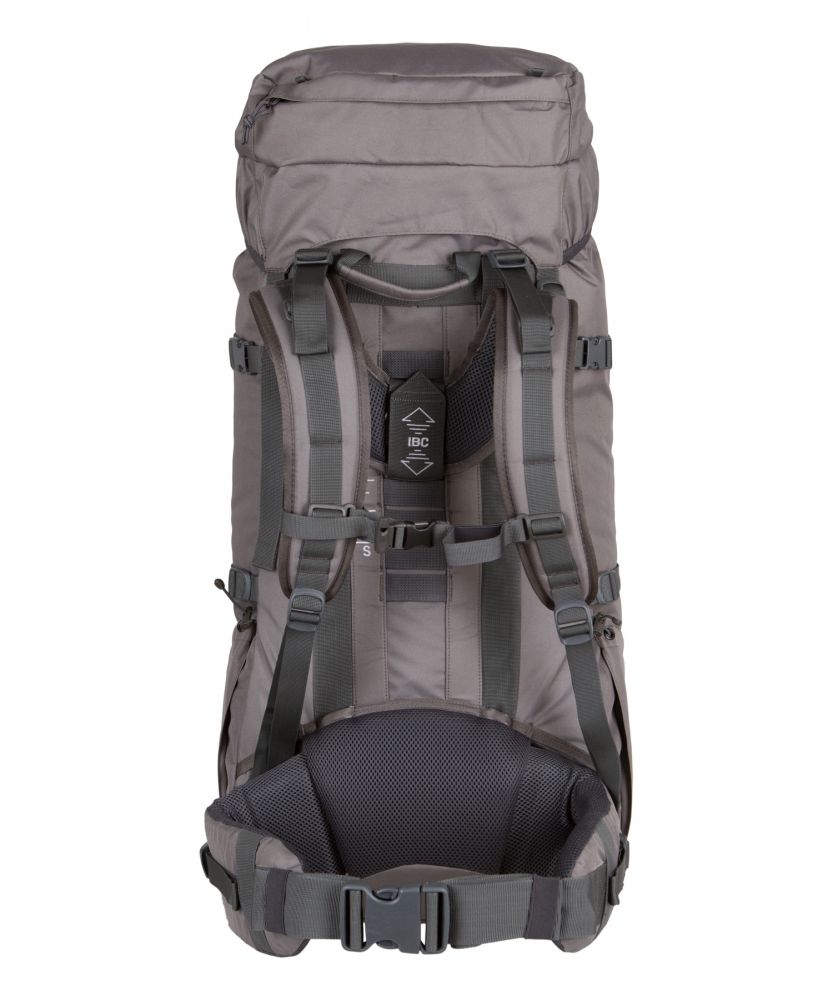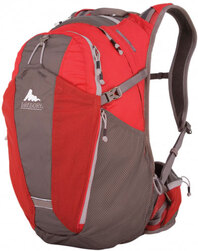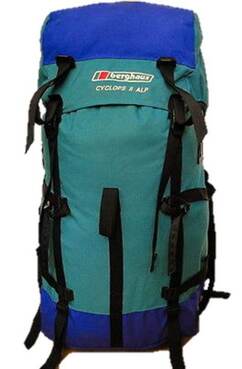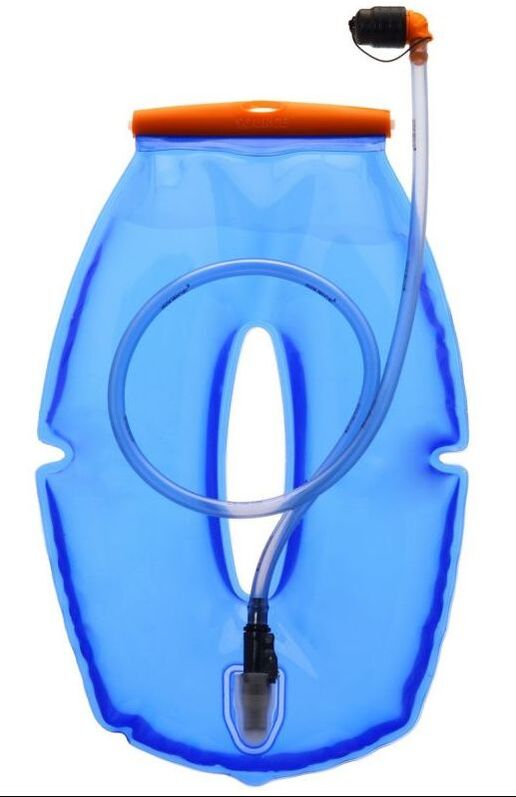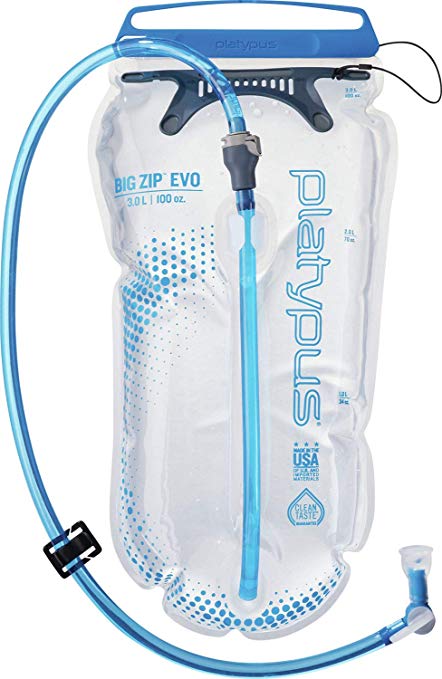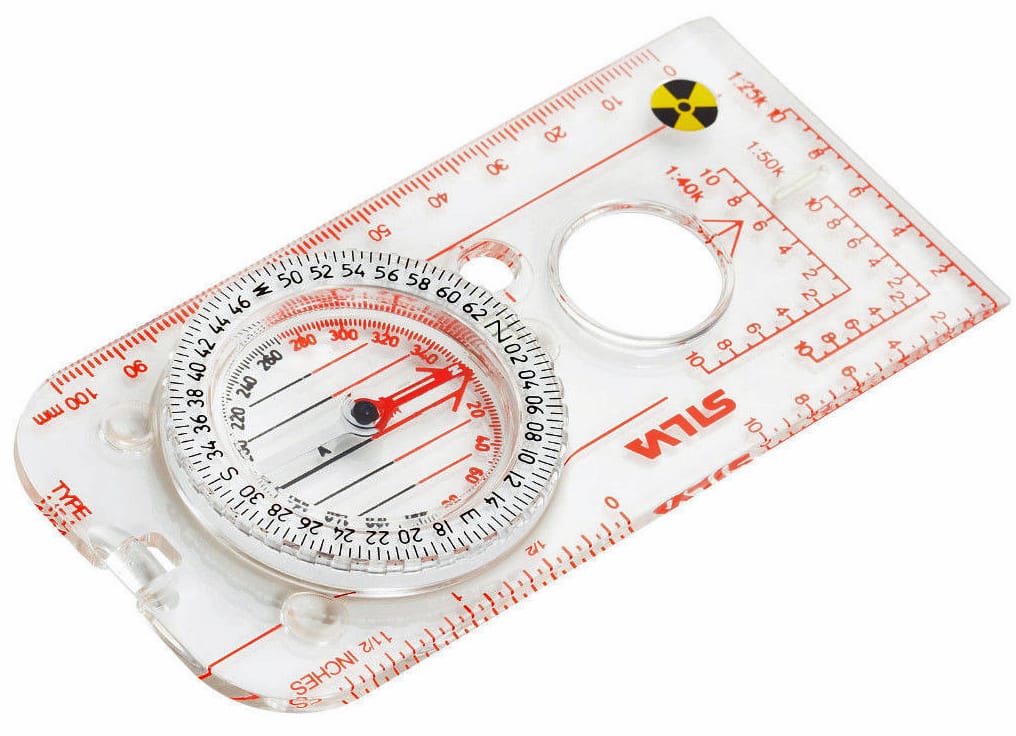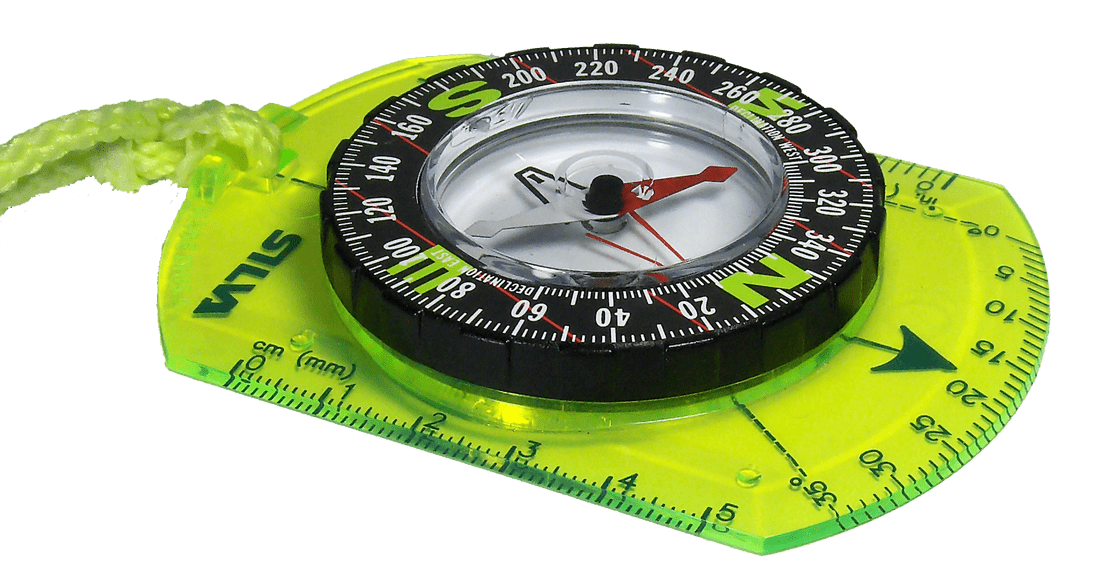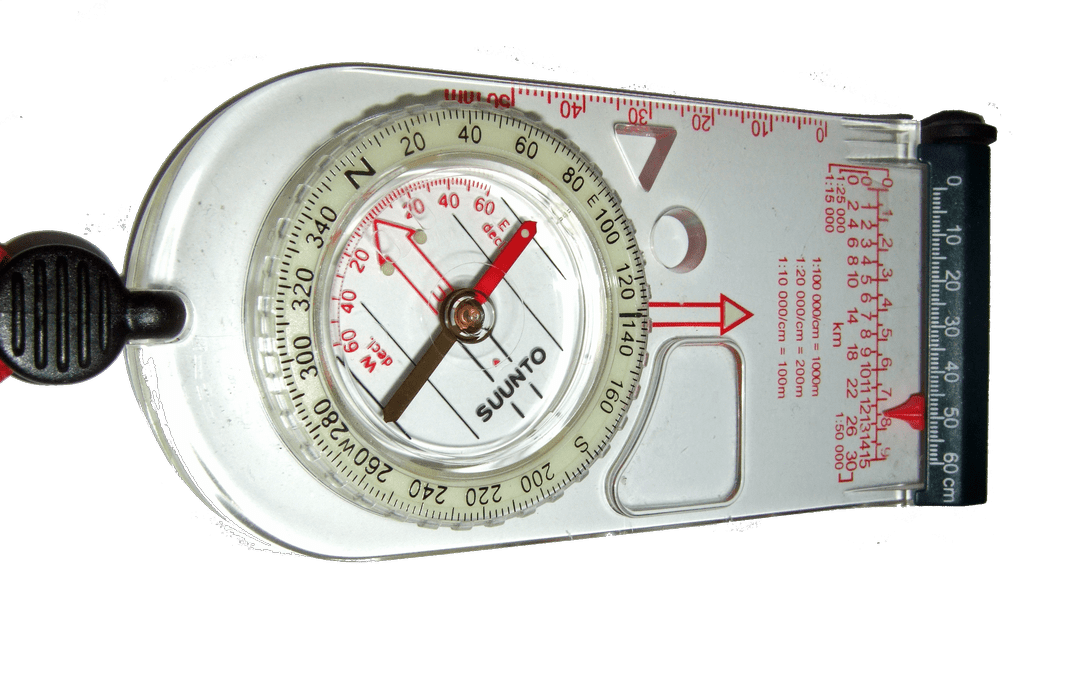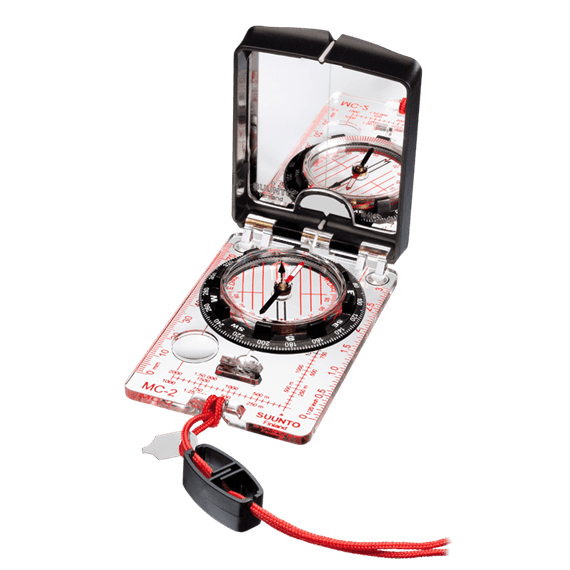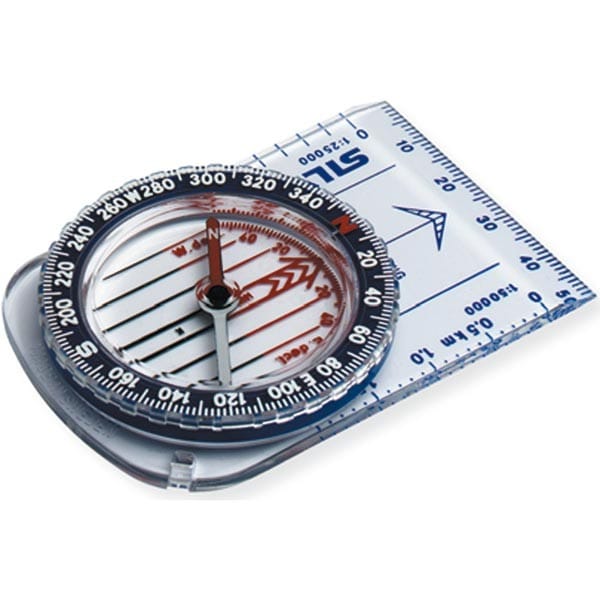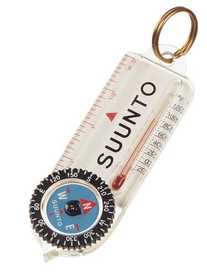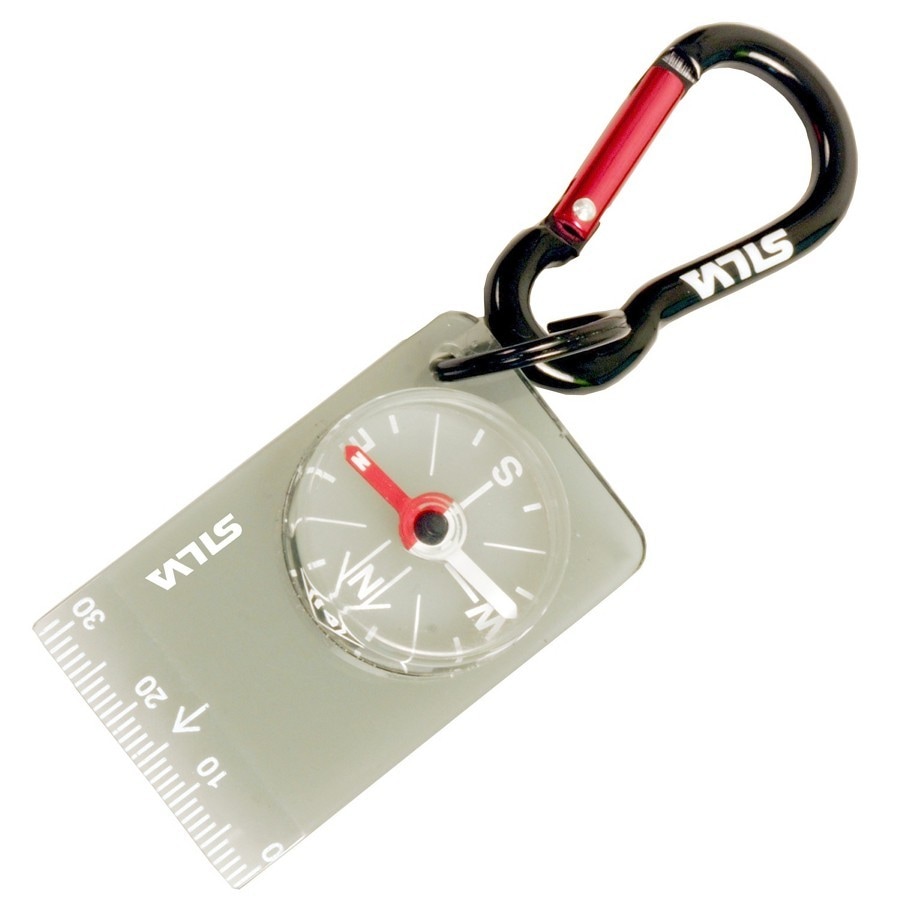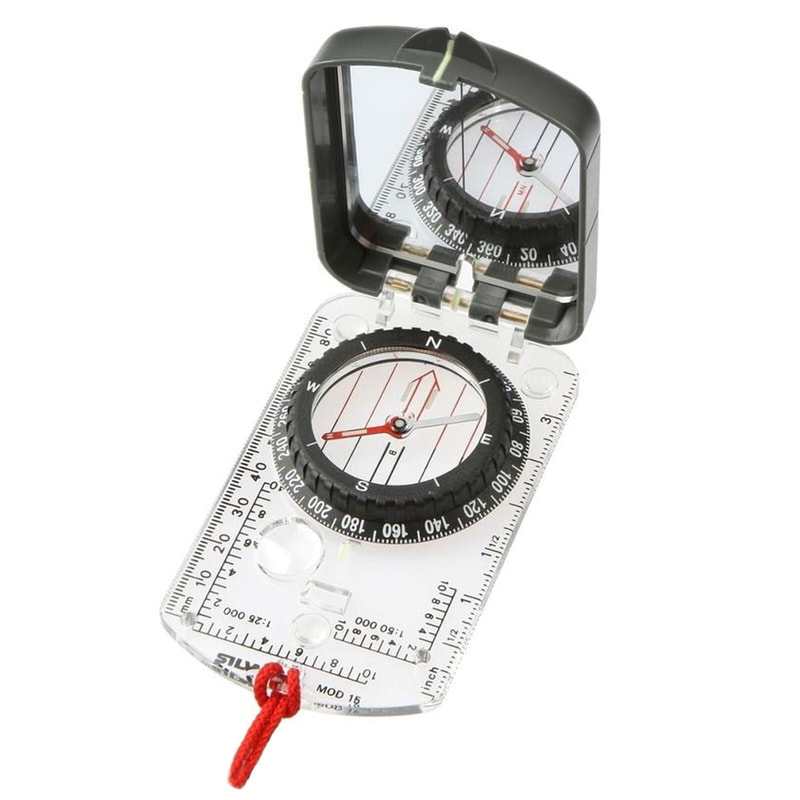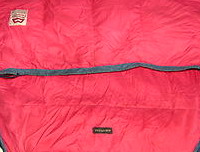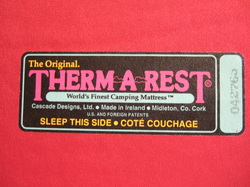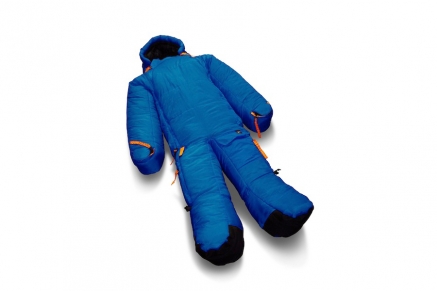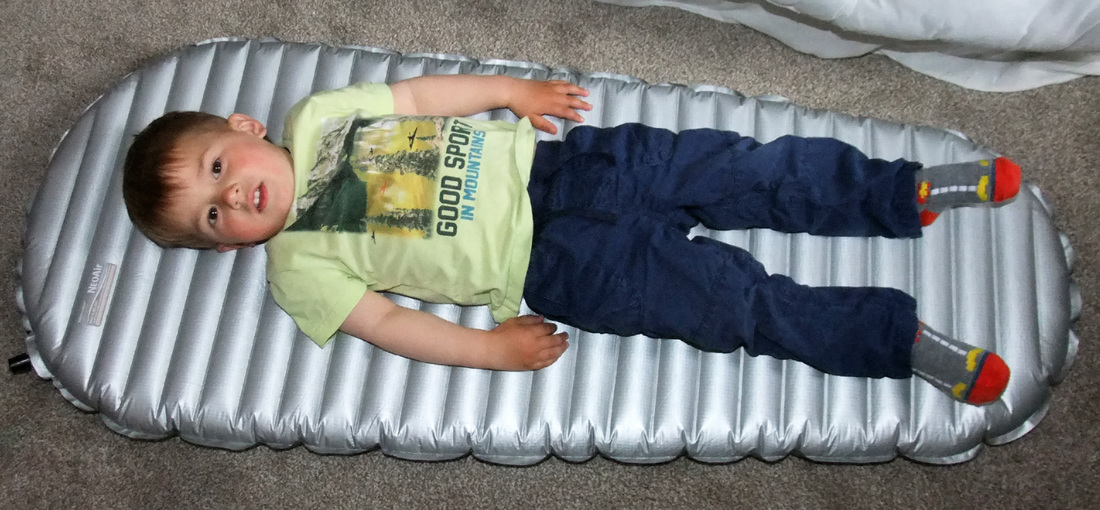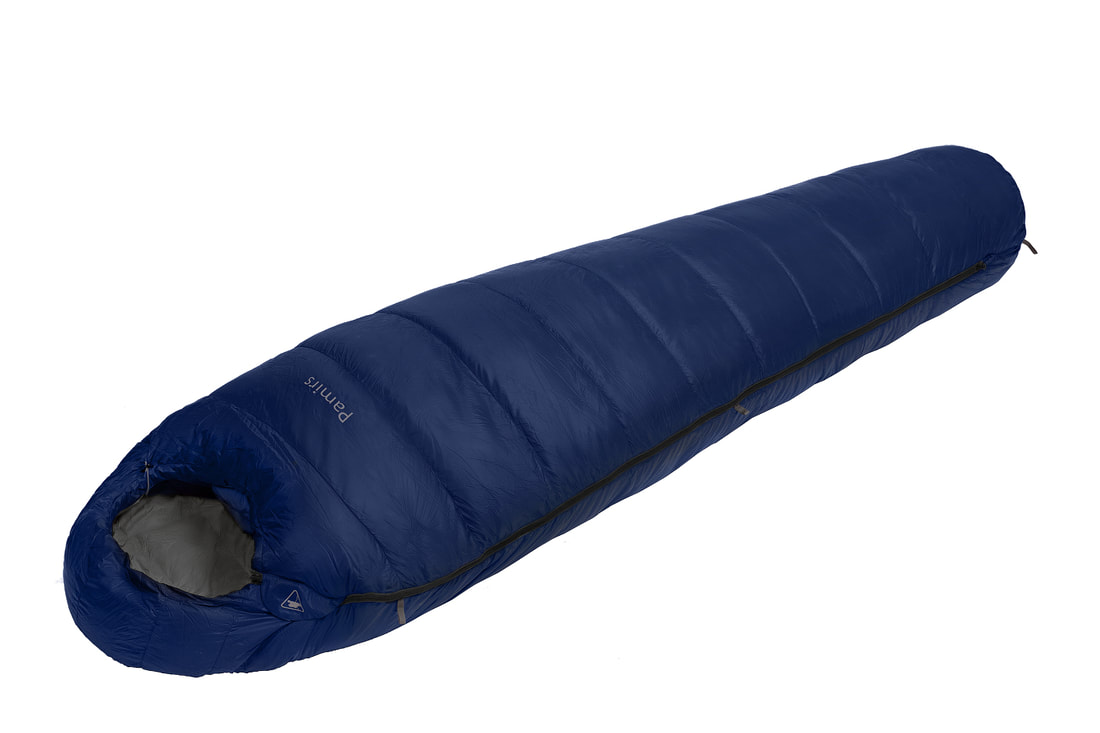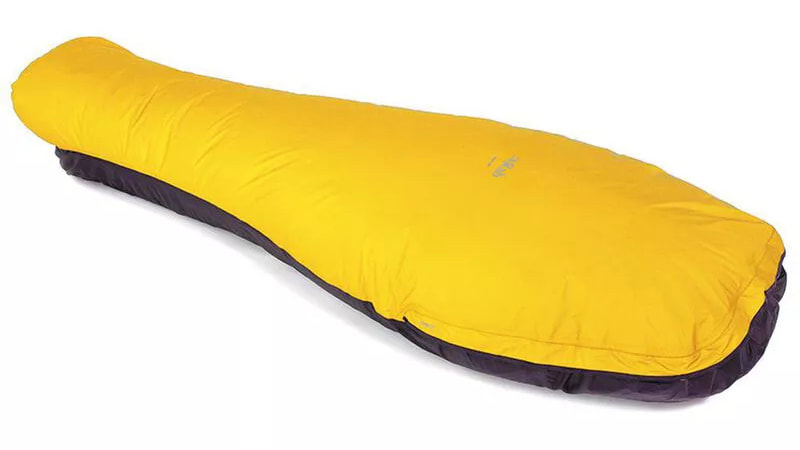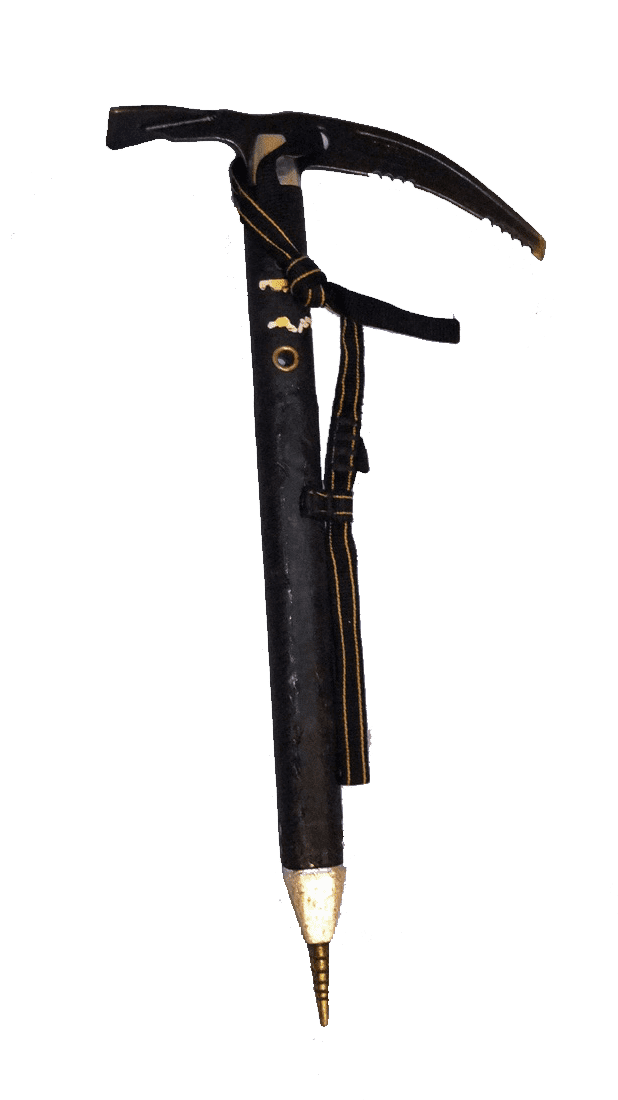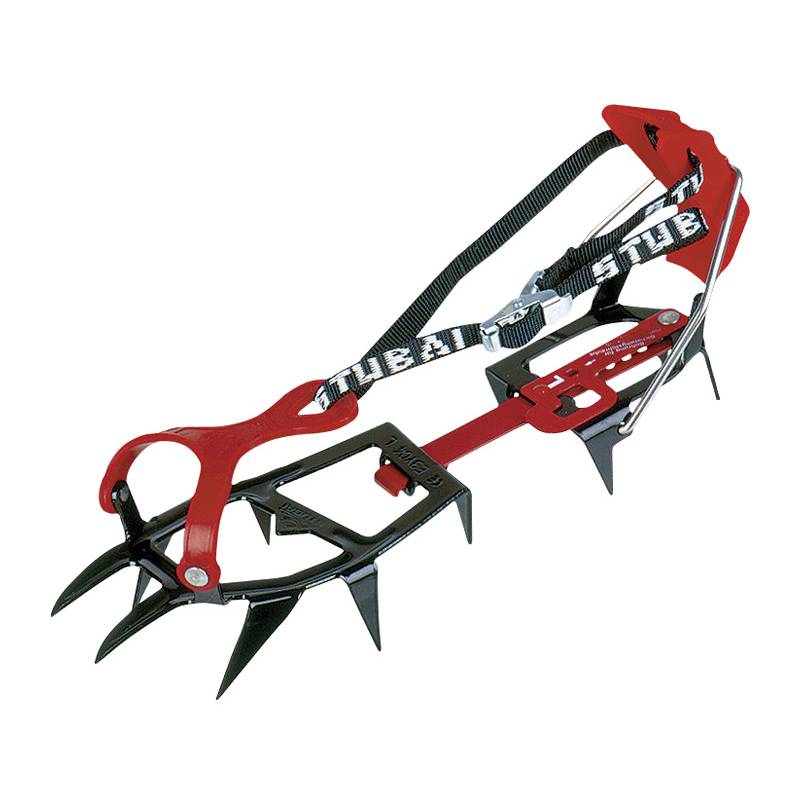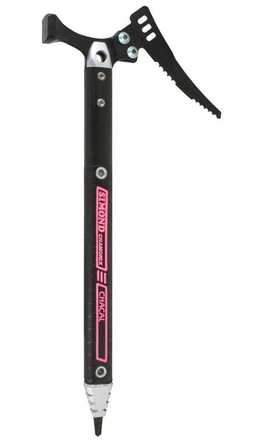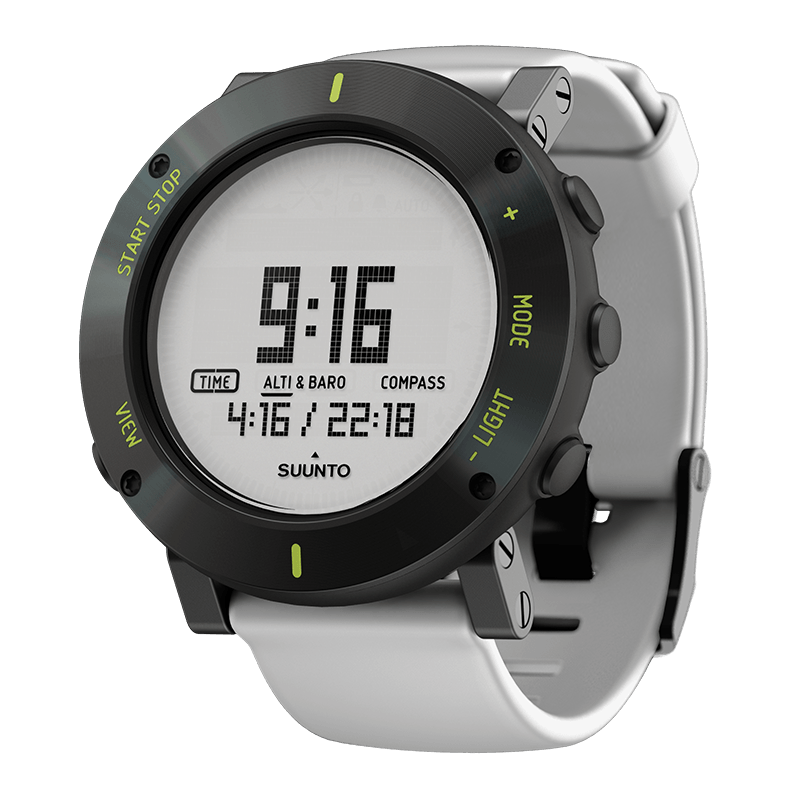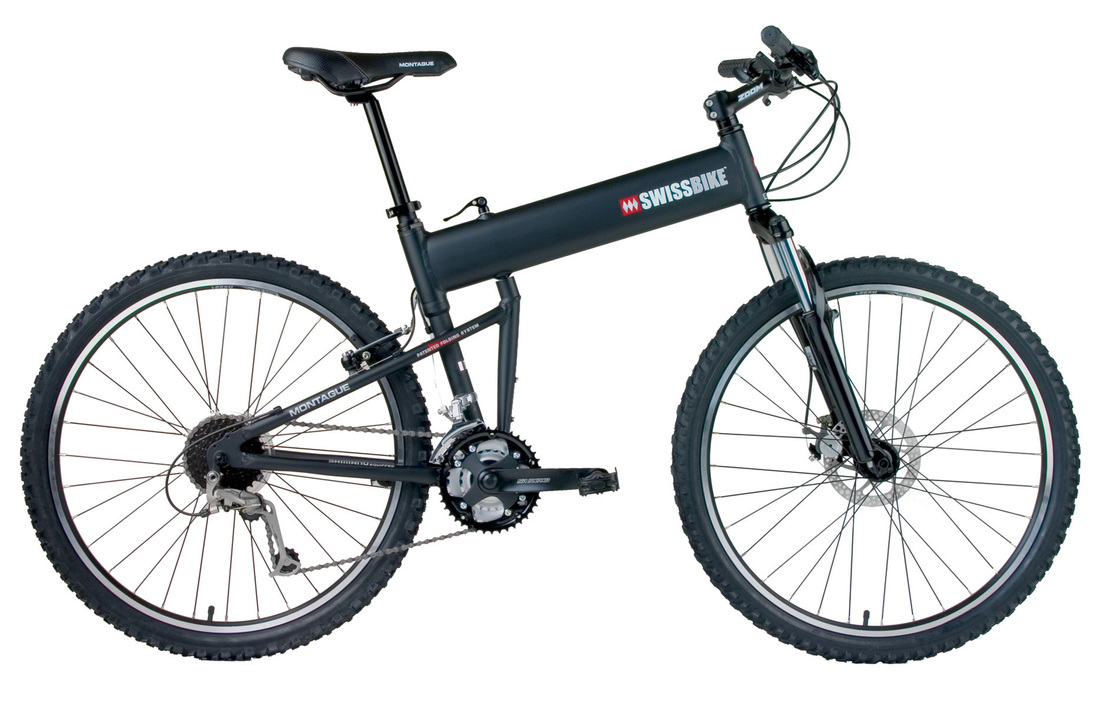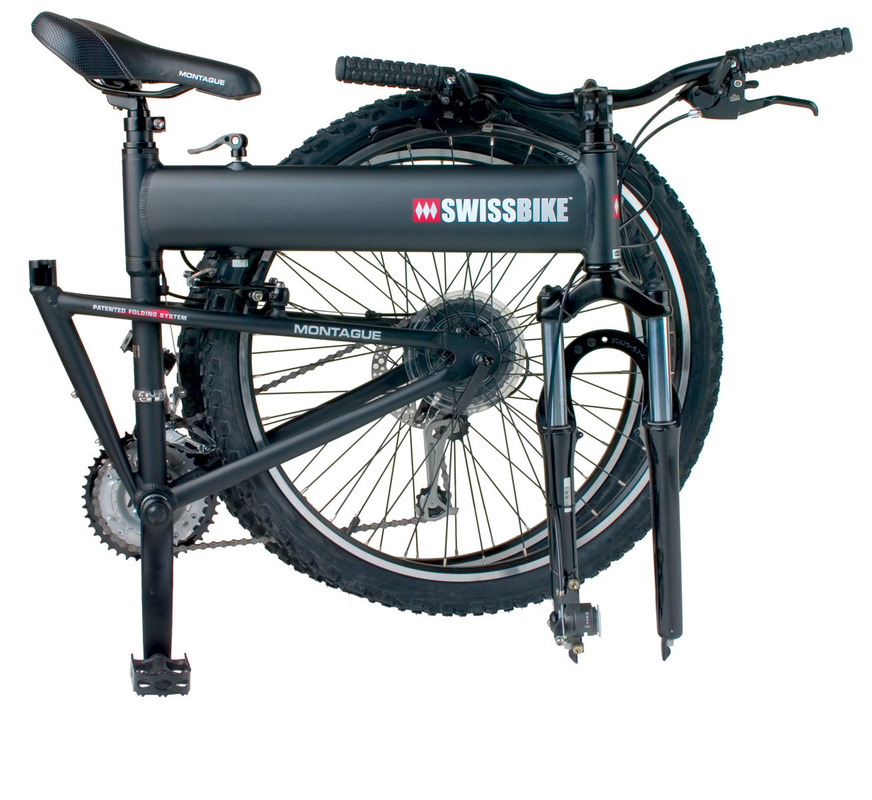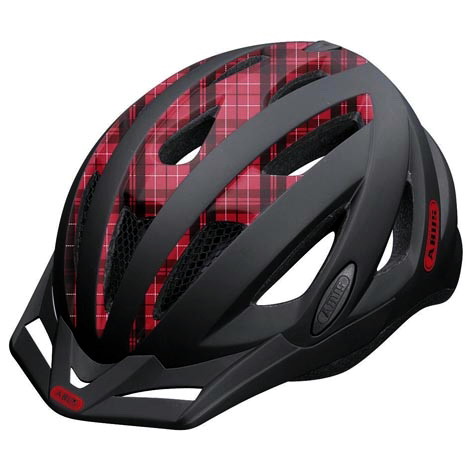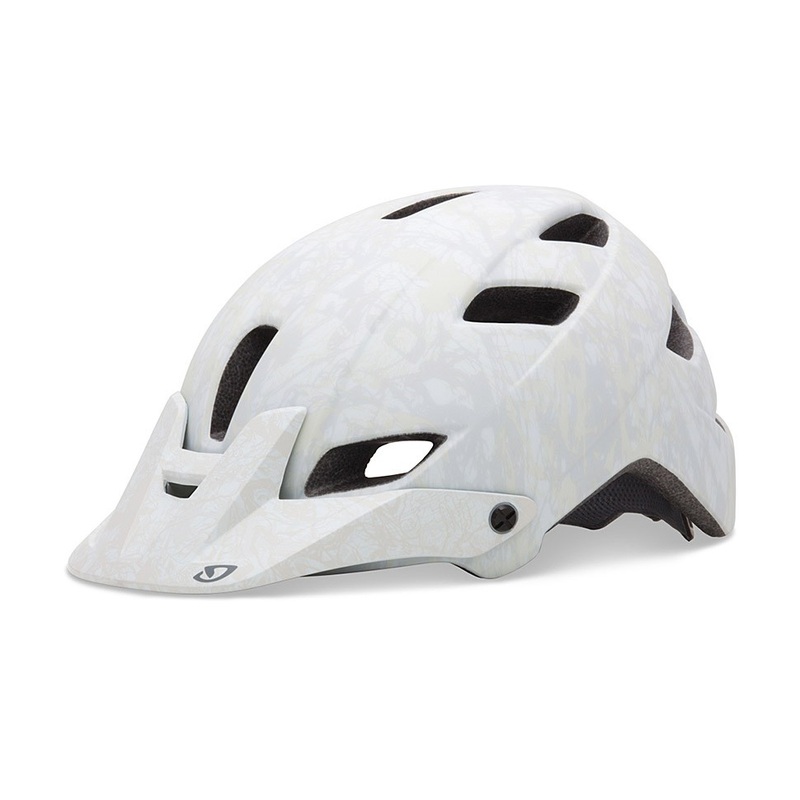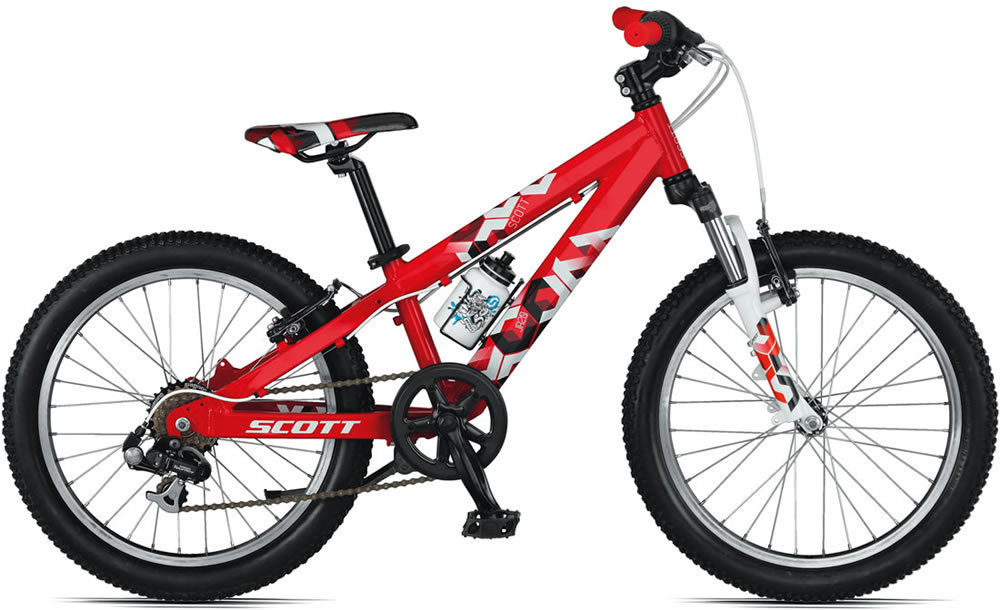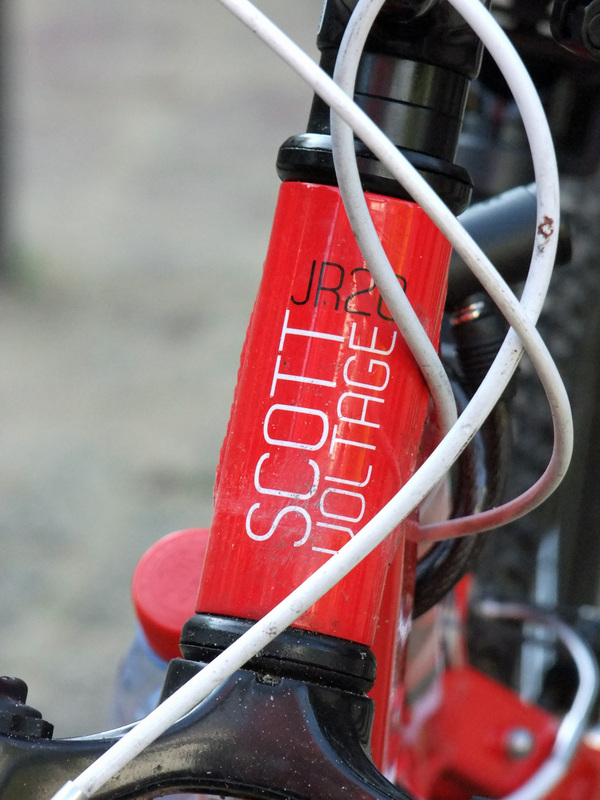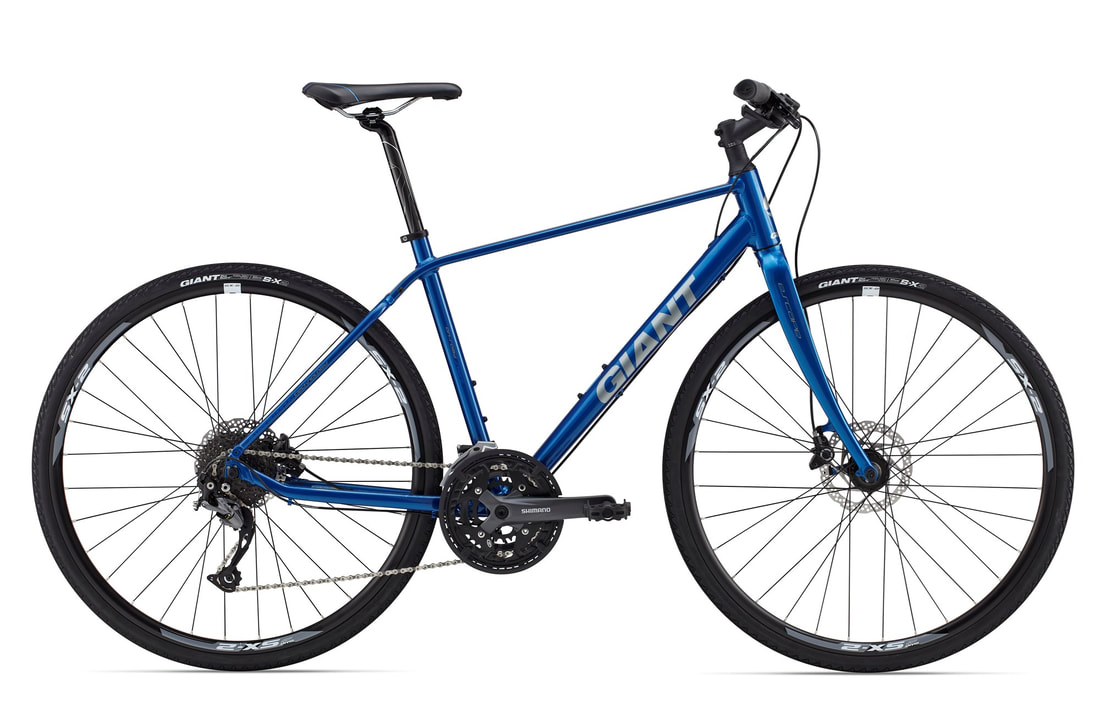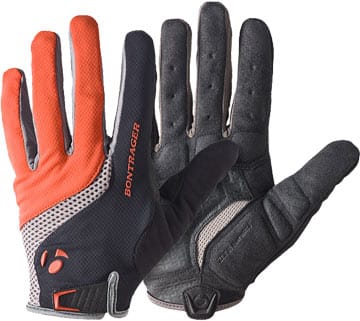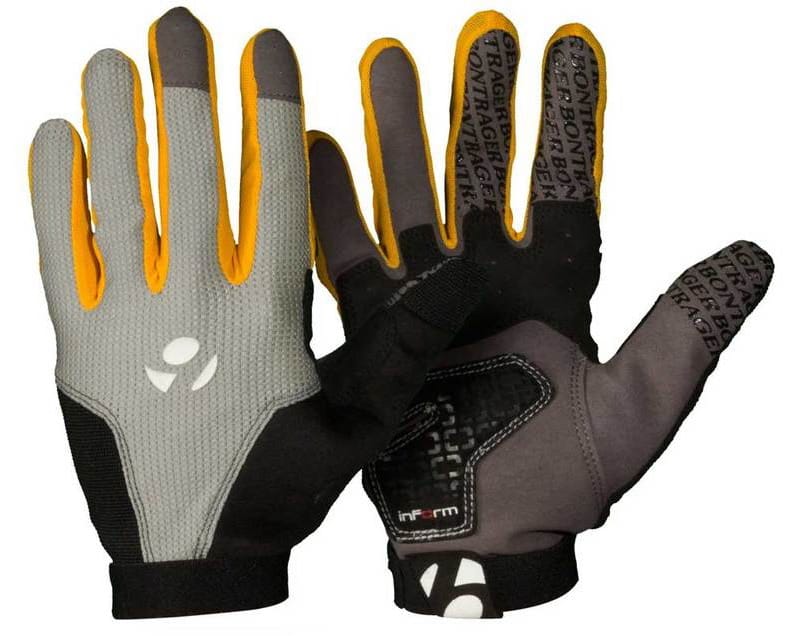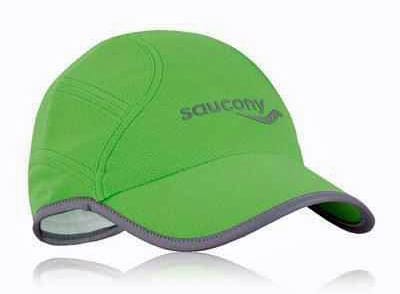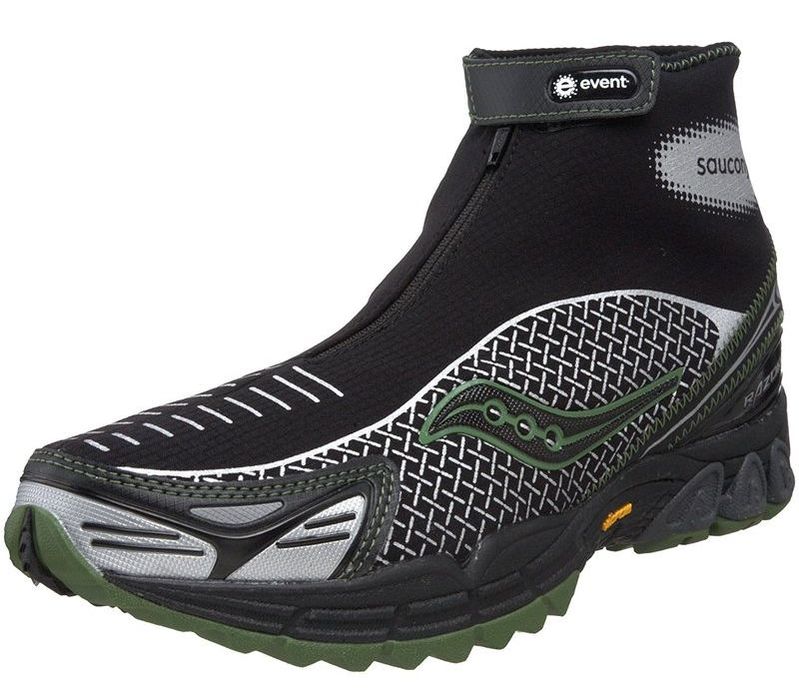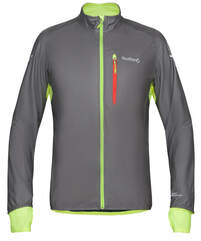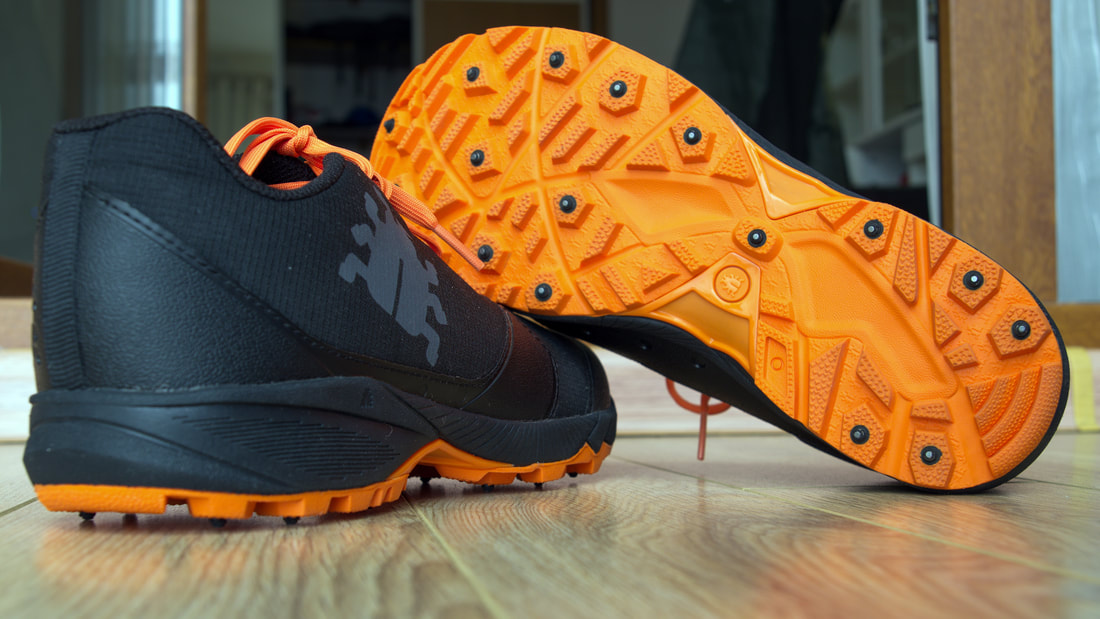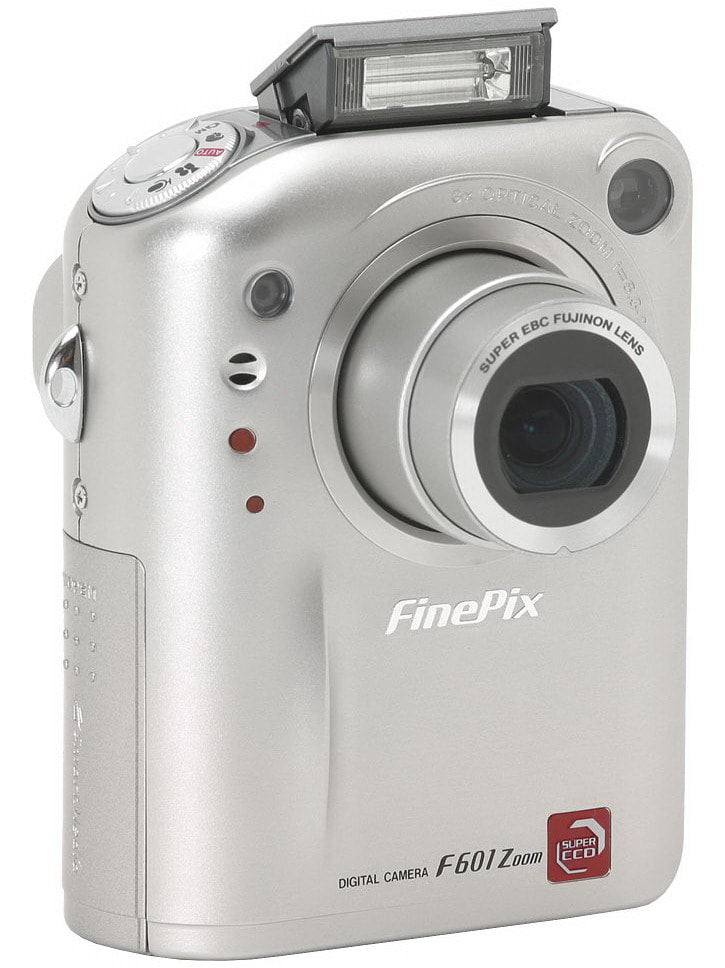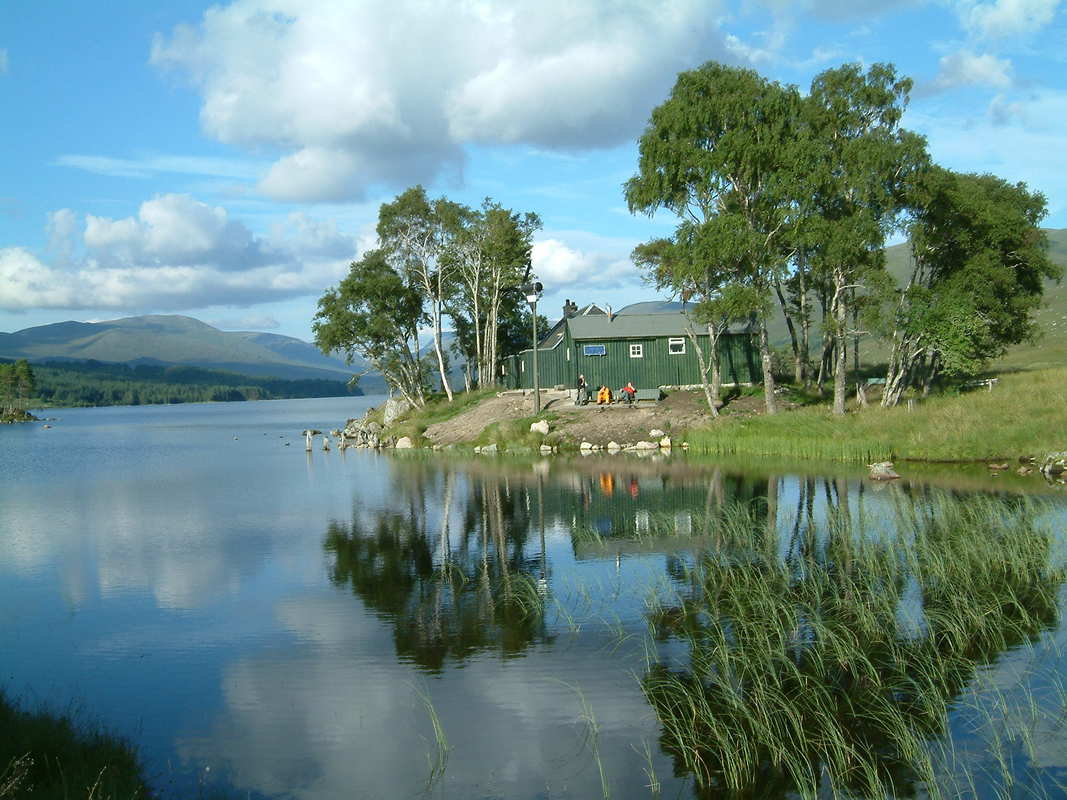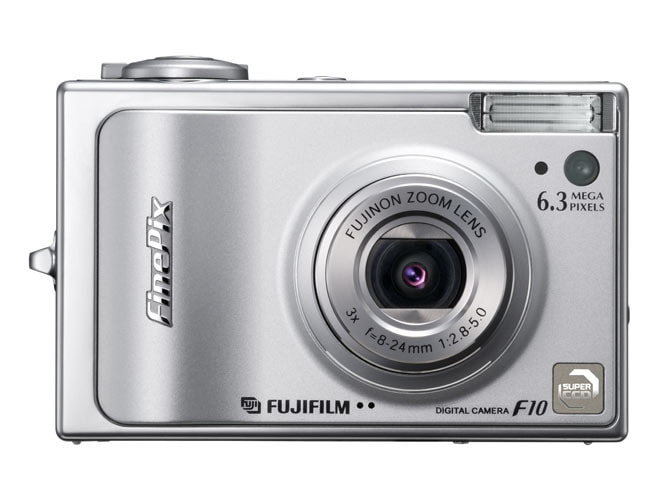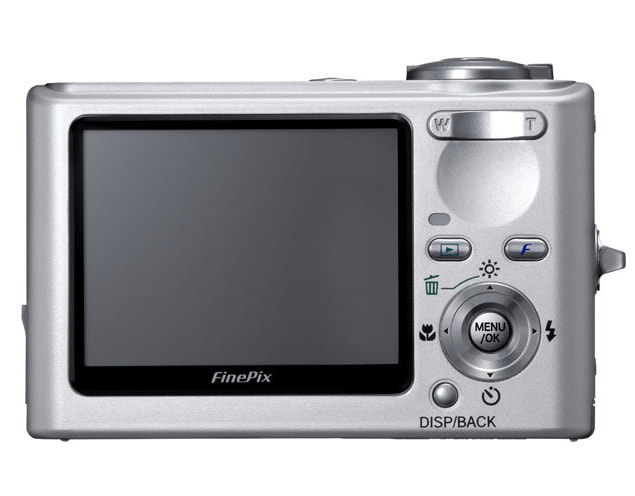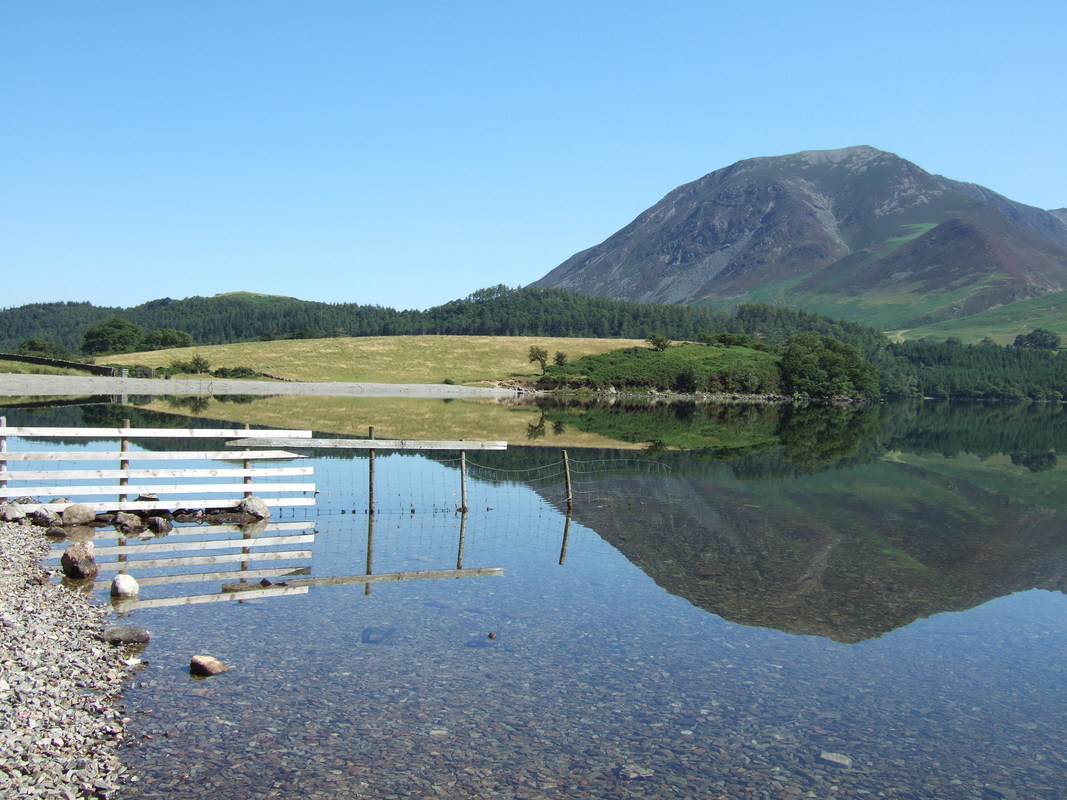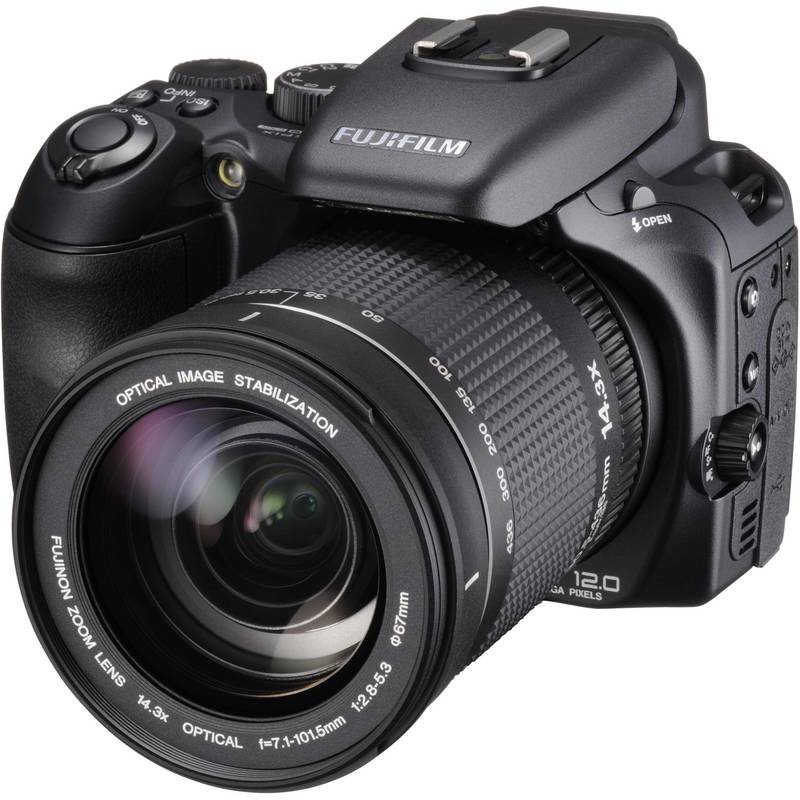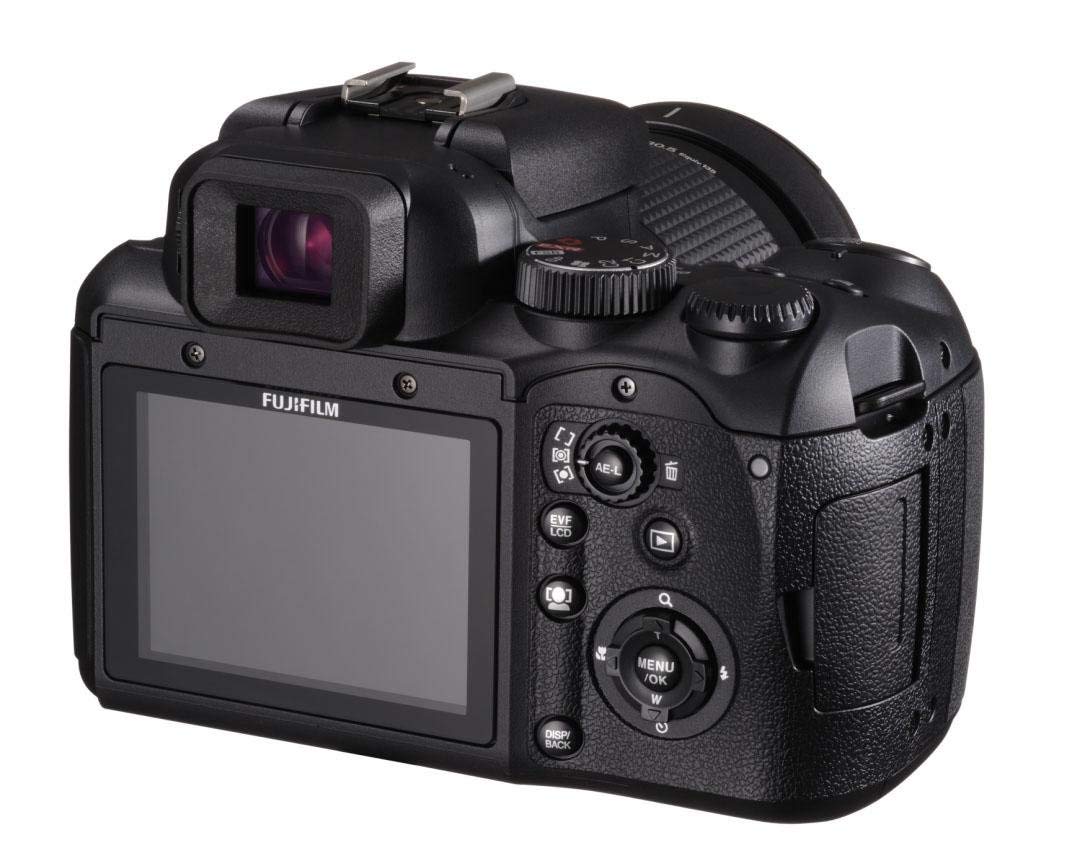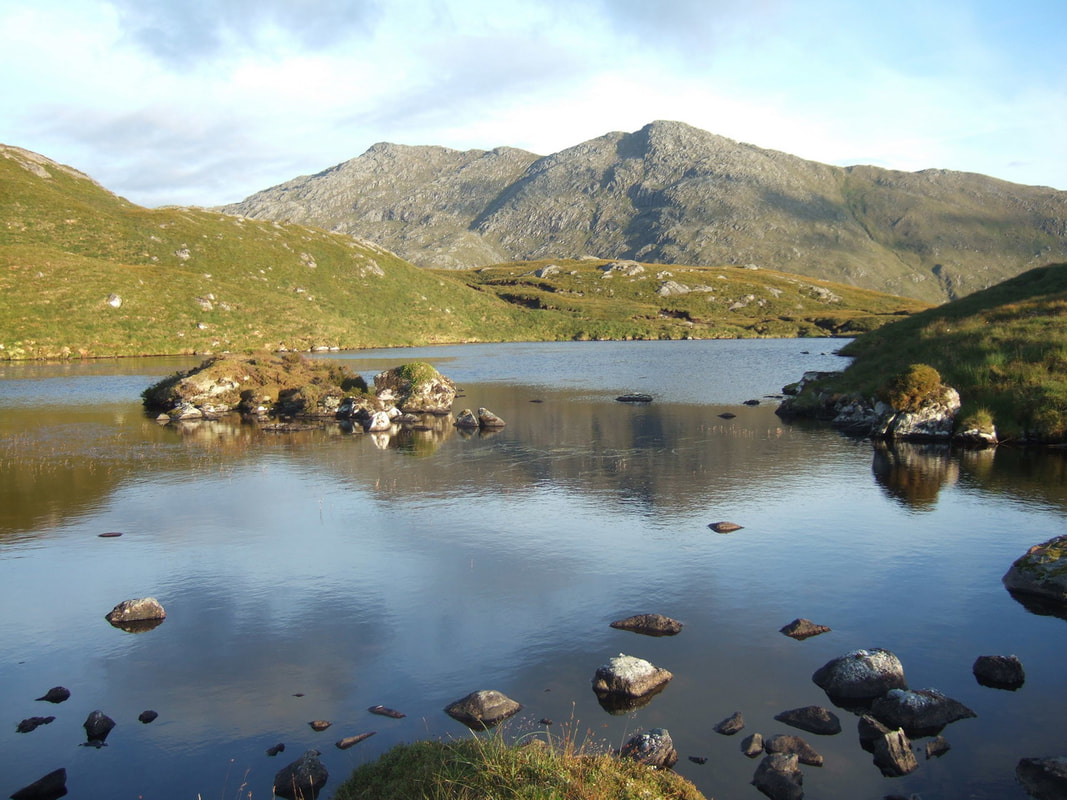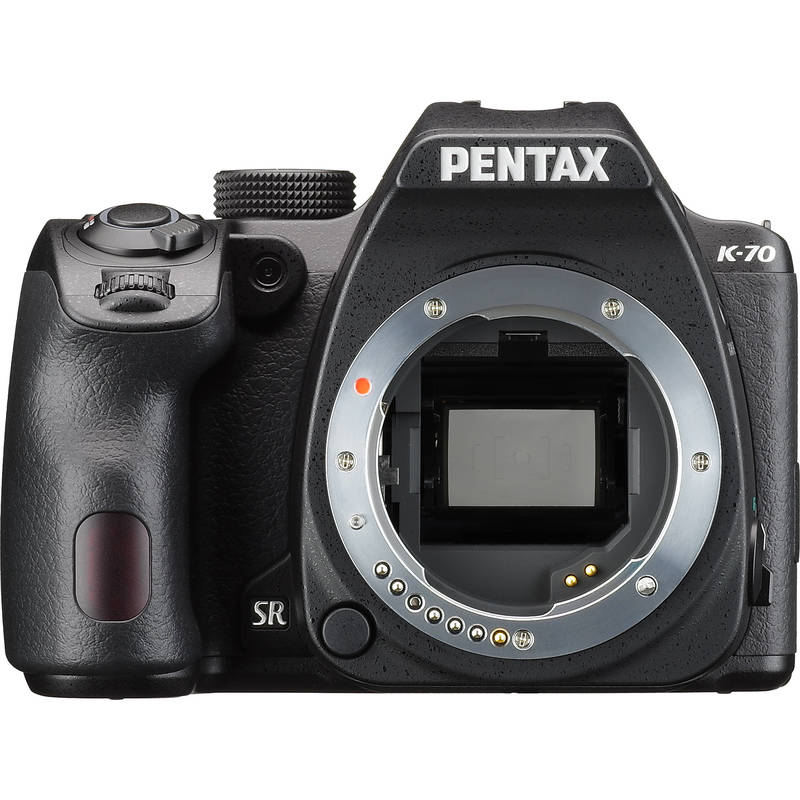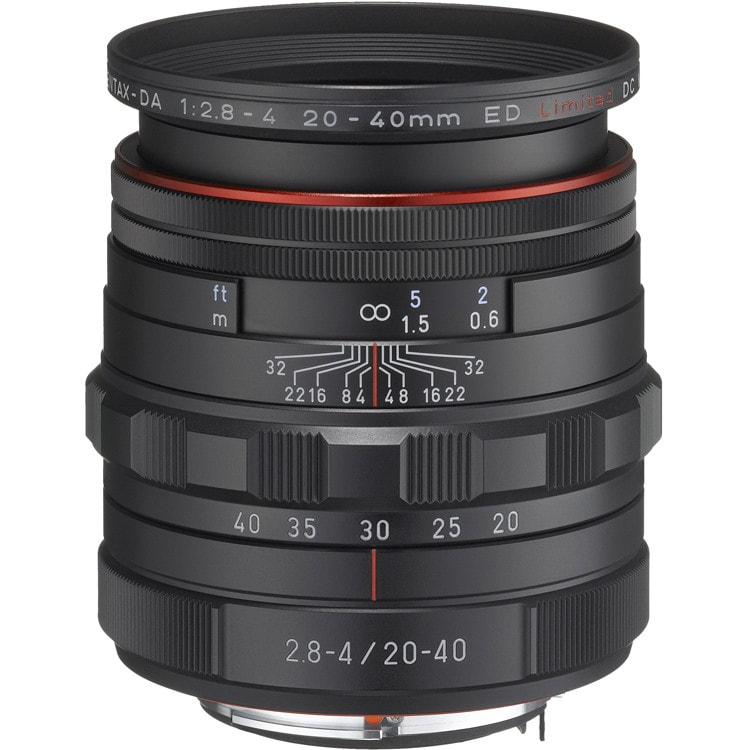My Gear
Here is a selection of some of the gear that I currently use. It is by no means a full list but includes my favourite bits of kit.
Boots and Fell Shoes
|
Merrel Moab Mid GTX - These are more for general wear, but great for camping in the wet or popping out to bothies for the night.
|
Teva Kimtah Mid eVent - Christmas present 2016! These should make excellent replacements for my Merrels when they finally wear out. These seem super comfy from the box and as someone who has a high regard for eVent, I look forward to trying eVent footwear.
|
AKU Superalp GTX - bought in 2019 to replace my AKU Suiterra Inject GT. A little heavier than the Suiterra Inject, but hopefully a little more supportive, durable and just as comfortable.
|
Trekking poles
|
Leki Black Series FX Carbon poles. I had resisted buying poles for a long time. After all nobody in the UK used them when I started out. I suppose the same is true for GPS units, so who knows maybe I will buy one of those one day.
II have suffered bad ankle sprains on several occasions over the years and I no longer trust my ankles which makes me very slow during descent, especially if carrying a big pack. Furthermore, the ligaments of my knees are beginning to feel the strain on steep descents, so I feel it is time to give them a try. I wanted a second lower grip for going uphill and preferred both cork handles and a shorter packed size so they would be less likely to catch on things when stored on the side of my pack during scrambling or battling my way through dense trees. I did not want to be put off by cheap poles that have awkward locking mechanisms or fail the first time any stress is placed on them. When visiting the bunkhouse in Applecross, the umbrella stand was full of bent poles. I did not intend going for the absolute top of the range and was looking at the Helinox Ridgeling LB135 which Rock & Run had an offer of 20% off. It would have been nice to be in the position to try both and compare. When I saw these Leki poles with a third off the r.r.p. I decided to try them. |
Headwear
|
ADIDAS TRX AWDR Hat. This is an alternative to my BUFF Zinc Bimini Cap. The cape is removable. I may take it overseas with me and leave the BUFF one in Scotland. I am not sure if I really needed this but it was at a good price and I like this sort of thing. I suppose it is always good to have a spare in case the BUF one is lost.
|
Sunglasses
|
Left: Bollé Ecrins Polarised TNS Gun Oleo AF - These were bought as replacements for some other Bollé sunglasses that I liked very much but sadly lost New Year's Day 2016 while out on Am Foachagach. I didn't even wear them that day! It is the second time I've had sunglasses miraculously disappear!
Right: BOLLE Euphoria, really bought for general use and travelling. |
Lighting
|
Petzl Duo Head Torch - Mine is in fact an older version which had a halogen and a standard lower power bulb. I thought about replacing this torch, but instead, I opted to upgrade it with an LED module for £55: CustomDuo.
Specification 3 regulated power settings, low (60 lumen, 150mA flood), medium (150 lumen, 350mA flood) and high (300 lumen,blended 350mA flood + 350mA spot); in sequence with 3 second 'last mode' memory. Forward bias optic on flood LED, for optimal use of light output + focussed spot optic. Latest high power Cree XP-G2 LEDs s3 5500k (150 lumens @ 350mA), or warm 3000k XP-G2LEDs. |
LED Lenser SEO Special Edition - I really bought this for running but it has become my main torch. Small, light and powerful! Includes red light option which is better for night vision.
NEBO Lil Larry and Big Larry lights - great for camping and bothies.
|
Gloves
|
Extremities Clothing Porelle Gloves - Ive had these for over 15 years. They are a bit bulky allowing limited dexterity but have proven to be durable.
|
Black Diamond Renegade Glove - These cost £36 in 2011 and I originally bought them for the Russian winters.
|
Sometimes in summer, I find thin running gloves to be enough, but for something warmer, I choose these. Also good in winter if not too cold, so they have a place in my rucksack all year round. The material is waterproof Aquatex but water enters through the seams. A label states that they were made in Worcester; where I was born!
|
Waterproof shell
|
Berghaus Valkyrie Smock - This saw a fair amount of use before I lost it. Nevermind, I had a back-up in blue which I was tempted to buy at a reduced price. The green smock was a medium and a bit on the large size, though the extra length in the torso is nice. The blue one is a small and a slightly better fit. Made out of Goretex, Berghaus had the novel idea of using a mesh pocket on the outside to reduce the number of layers of fabric, thus increasing breathability. This may not be cosmetically to everyone's taste but I find that it works. It also has slanting front vents which also give access to pockets on the midlayers provided they are similarly positioned. Bought c1998
|
|
ARCTERYX Alpha SL Trousers - somehow, I didn't think about adding overtrousers (is that an old-fashioned word) to my list of gear! My first pair was a pair of Berghaus Goretex ones that were durable but a bit bulky, baggy and heavy (circa 1985). I also had a pair of even heavier Lowe Alpine Triplepoint ones that I still have but they are not so comfortable. I'm not sure what happened to them! I had a nice lightweight pair made by Sprayway and later very similar ones from Marmot. These Arcteryx ones are definitely an upgrade in every way!
I would consider using these year round for walking purposes though they may not be durable enough for climbing. There are reinforcements in high wear areas without adding too much bulk or making them stiff. I put my gaiters over these to protect the material in the lower legs and so there is less flapping fabric. As they fit over the top of my boots, any water that runs down inside my gaiters will just drain out of the bottom of the gaiters. A lace hook at the front of the legs helps to ensure this and mine are of a good length - I would not want them to be any longer! A definite thumbs up! |
Mid-layer
|
Montane Extreme Smock - Still one of my favourite bits of kit. This is the version with a light fleece lining rather than the heavier fibre pile. I like kangaroo pockets and all the pockets provide good ventilation and are accessible while wearing a rucksack. Side zips provide additional ventilation. Thomas wants to know why I look so fat - I guess it is the map and camera case in the pocket
|
Montane Sabretooth - As you can see, I like Montane gear. This has an 'athletic' fit but is stretchy and never seems restrictive. The softshell Polartec PowerShield fabric is nice and soft and it holds off light showers. This is the only mid-layer that I have with a hood. Good pockets are always important to me and this jacket has numerous good size pockets
|
Rohan Gradient Fleece - This luxurious reversible fleece is a relative recent addition. It ticks all the right boxes including great pockets. It has a great fit too! I may need to hide this from Yuliya!
|
|
Marmot Vapour Trail Hoody - Not as warm as any of the above but my medium fits well over another softshell/fleece layer. The lighter blue sections of the hood, front and sleeves offer good water repellency. It would be fine during "fast & light" days in the summer.
|
Mammut Aenergy - This light jacket fits nicely but its performance is disappointing for the price. The reflective bits have peeled off. It is best for running/warmer weather/everyday use. It's water repellancy is not very good and it only provides slight wind resistance. All this said, I wear it more than most of my jackets as it looks smart on the street and feels comfortable.
|
Montane (not sure about the model) made in eVent - almost a hoodless "hardshell". Fits great, keeps out the wind and I have never felt that I was overheating or getting sweaty!
|
|
Mountain Hardear Offwidth. This comes up a bit small (I bought a size small as most of my jackets are size S), but has some stretch. It does show my gut a bit! This does mean that it is easier to wear other layers over it though. I wore it a lot in Russia and Kazakhstan under my Crux Lava jacket and only recently worn it out on the Scottish hills where it has performed well. Moderate wind resistance and good breathability. It has worn much better than my Mammut Aenergy without any pilling.
|
Mountain Hardwear Super Chockstone - As the Offwidth came up a bit small, I bought a medium and the fit is great! It provides minimum insulation, so it is best for either breezy summits in the summer or over a light fleece sweater. It has cavernous side pockets and a snug, but not tight, collar.
|
New arrival - Mountain Equipment PowerShield Pro. Reviews suggest that this comes up a bit small so hopefully the medium will be fine. Some might suggest that composite/membrane fabrics are not really "softshell" (See Andy Kirkpatrick's video) but I want something that will keep me warm when wild camping or eating lunch on a windy summit without wearing a "hardshell". I'll let you know what I think of it once I have got out and tried it! I am led to believe it is more breathable than Polartec Windbloc or Gore Windstopper.
|
Legwear
|
Base-layer
|
Helly Hansen Merino Ice Crew - Some of my HH tops are better than others - This, along with the marmot top above, is a winter favourite!
|
Marmot Lightweight Crew in vapor blue and gorgoyle. This is almost midweight really. Very comfortable and washes well.
|
Helly Hansen Dry Revolution - mine is more charcoal/blue. Yuliya put this through the tumble dryer and melted some of the fibres on the inside making the seams a litttle scratchy. I tend to wear it over a Reebok or Rab Aeon top. double base layers can work well!
|
|
Helly Hansen Lifa navy stripe long sleeve - used to be de riguer amongst british climbers and fell runners and still good to this day, even if they are sometimes referred to as "smelly hellys". Best to keep away fromthe tumble dryer though as polypropylene melts easily!
|
|
Insulation
|
Marmot 1/2 zip down sweater. It packs super small and is light so is great for carrying to bothies and wild camps. The size small is a bit tight on me, great once I have put it on but a bit of a struggle taking it on and off. I like the horizontal zip on the pocket that reduces the risk of things falling out. There is also a very useful internal pocket.
|
Patagonia Alplight Down 1/2 zip sweater. I won a £50 Cotswold voucher and this was reduced anyway, so I was able to buy this for less than half price. I went for the medium so that it is easier to slip on and off than my similar Marmot top. There is an interior "envelope" or pouch pocket but it is less accessible than that on the marmot jacket.
|
Colombia Timberturner Waterproof Ski Jacket - Again in a small and with my current body shape a bit snug if wearing other layers underneath. The filling is synthetic and, although the lining is meant to be heat reflecting (OMNI-HEAT™), I find it is best between zero and -10°C rather than lower temperatures. The slippery lining does help it to slip on and off nicely, as well as allowing free movement. Oh, and I think that the colours look great in photographs!
|
|
Marmot Highlander Down Gilet - It is 700 fill Down Defender, so should have some resistance to water, though it's stitched through construction and amount of down means that it is nowhere near as warm as my Mountain Equipment Lightline vest but is well made and looks relatively smart for everyday use.
|
Helly Hansen Verglas Light Jacket.
|
Tents
Caravan Keb 2: Bought for £136 in 1983. This was my first 'lightweight' tent. There were lighter offerings even back then. However, it was extremely comfortable with a large porch each side and the polycotton inner was very pleasant. I had a pole snap during a windy night in 1985 or 1986. Being a straight upright pole, I could go to Nevisport in Fort Bill and buy a universal adjustable straight pole. The tent lasted 13 years, until I fell slightly against the porch and a tear appeared. New, the fly material seemed extremely strong but polyester is less UV resistant than polyamide and it weakened over the years. This tent would be put up for a week or more, whereas my current tents are often just pitched overnight, which means much less UV exposure. It was designed by Bo Hilleberg like my Hilleberg Soulo further down the page. Lots of great memories of using this tent and I still miss it!
The document below was scanned from a Northern Feather/Caravan catalogue.
The document below was scanned from a Northern Feather/Caravan catalogue.
Your browser does not support viewing this document. Click here to download the document.
|
Hilleberg Soulo - Bought in May 2015 when Tiso's were doing a good deal on tents (-20% for cardholders). I have only used it for three nights so far but hope to test it more in winter conditions as well as higher up the hills.
The tent is a replacement for my TNF Particle 13, though a lot more expensive and approximately 700g heavier! |
Cooking
|
My original stove bought in 1983! Come to think of it, it is even older than my sleeping bag! The pans were replaced with a Duossal and a smaller non-stick combination as I was concerned about the possible link between aluminium and Alzheimer's. Here, I am using the Duossal pan: a combination of two materials in one, pressed together under high pressure. Aluminium on the outside for good thermal conductivity, and stainless steel inside, which makes the pans scratch resistant and easy to clean. I am using a Trangia gas burner here. This is my second burner and definitely works better than my previous one, which did not have a heating loop. I also have a mini Trangia - I replaced the original aluminium pan with an MSR 775ml stainless steel Stowaway Pot.
|
|
Markill Phoenix Multi-fuel - This is a well made stove from a German company that is a sister company of Edelrid and part of the Vaude group. This is my first multi-fuel stove after many years of firstly using meths and then gas. As with all stoves that can run on petrol, its performance is impressive and its pan supports and legs fold up nicely. This is my first choice for basecamp and bothy use and occasionally will carry it over the hills. As you can see from the picture, it also runs from resealable gas cartridges.
Update: for anyone looking for this stove or looking for spares, it is now available as the KOVEA Booster+1. Steve from MercatorGear.com tells me that they are "putting together some information about servicing the original / identical KOVEA stove which will go into the product page at some point." |
Markill Hot Shot - Another impulse bye. I liked its small size and Piezo ignition. This was before the MSR Pocket Rocket appeared on the scene and was much cheaper (£17?). I have found it reliable and been pleased with its performance. The pan supports are small and it therefore requires a stable base. For years I either used a flat rock or placed small rocks around the gas canister to help support it. Once, everything toppled over just as it was coming ot the boil. Now I have some plastic stabilisers that fit onto the base of the gas canister.
|
Evernew Titanium solo cookset - Expensive but strong and light. Just the right size for solo backpacking over the tops. Plenty of room for my Hot Shot stove and other stuff. Complete with a titanium mug that fits neatly around the outside.
|
|
SIGG InoxAL Traveller pan - I think 1.5 litre.
Steel inner with a blackened aluminium outer for heat absorption and light weight. This is a very good pan but requires a pan grip which is not very comfortable when eating from the pan or trying to hook the lid under the lid to raise it. The latter issue is overcome by placing the lid upside down so it is much easier to remove when hot. |
New arrival! Evernew Titanium UltraLight Pot 1.3L. I am looking forward to using this but will not be returning to Scotland until June! I bought it from a Japanese seller via Amazon for under £45 which is a fairly good deal for a titanium pan of this size. The seller is now selling it for £93.13 so lucky I bought it when I did!
|
TRANGIA Triangle - I already have a Trangia gas burner that I can use with this. I am looking for a stable cooking system that can perform in windy conditions while wild camping. I bought a slightly larger titanium pot (left) than I needed so that I can store the triangle and burner inside the pot. There should be plenty of room for a spork and a couple of nights food.
|
|
Jeboil Stash - A replacement and upgrade to my Markill Hotshot. I certainly like the design, including the way you can attach a small gas canister to the underside of the lid.
Also the pan fits over the supports so it is unlikely to slide or fall off. Right: Micro Torch Horizontal - I am rather impressed by this. I still like my fire steels but this works better and is able to light candles and bothy fires. |
|
Light My Fire Firesteel - Army Oak Handle - Kept with my Markill Phoenix Stove.
|
Bear Grylls Firesteel - Stored in my Evernew Titaniun Solo Cookset along with my Markill Hot Shot. Includes a whistle and a place to store a small amount of tinder. Also emergency distress signal instructions.
|
BCB SAS Fire Steel kept in my old Trangia/gas burner combination which I only occasionally use. Includes a compass.
|
|
Lifeventure folding knife fork and spoon. I keep this with my Markill Phoenix stove. Being steel, it is a little heavy and it is rare that I use anything other than the spoon, though the knife acts as quite a good pocket knife.
|
Titanium folding spork - fits within the case of my Markill Hot Shot stove. The sliding bar needs to be pushed well forward to stop the spork folding while eating. These seem to be available with different brand names stamped on them but all the same design. Weighs 19g.
|
Light My Fire Spork - I have a couple of these, one of which came with a case for just £2! I often pop it in as a spare to my other cutlery.
|
Rucksacks
Hydration
|
Left:
Source WLP Low Profile Hydration System - This is less barrel-like than my older Camelbak reservoir resulting in a more comfortable carry, but its width makes it difficult to slide it into the sleeve in the back of my Macpac rucksack, though it is not a problem in my other packs. It's wider/flatter shap makes a big difference when using my Gregory Miwok 22, where there is little supporting structure within the back system. Right:
Platypus Big Zip Evo (3.0L) - bought for when my son joins me as it would seem unfair for him to use traditional bottles when I have the luxury of a hydration bladder. |
Navigation
I keep a compass in each rucksack, so I never forget to pack it, plus a spare in my first aid kit!
|
I lost a compass on Leum Uilleum when heading for Loch Chiarain Bothy. Two days later, I found this millitary Silva Expedition Type 4/54, complete with radioactive hazard sign. Ibelieve that this used tritium as a radioluminescent light source. This beta emmitter may have been removed prior to being used by cadets. CCF13 (Combined Cadet Force?) is scratched on the base plate.
Now kept in my Gregory Miwok 22. |
Silva Voyager Compass Model 9020 - Kept in my old Berghaus Cyclops Alp rucksack. It has not developed any annoying bubbles but the lanyard has frayed against the lid zip.
|
Suunto A-40 - kept in my Macpac Ultramarathon pack. The map measurer used to be useful, but now I can determine the length of routes using MemoryMap or online alternatives.
|
|
Suunto MC2 - My favourite and kept in my Gregory Z55. Includes adjustable declination correction and clinometer. Also, having the mirror can be useful for looking for ticks in awkward to see places!
|
Silva Type 7 - My original compass which seems to have lost its fluid. It now acts as my reserve compass in my first aid kit.
|
Suunto Comet compass thermometer - This includes a windchill chart on the reverse. It remains permanently attached to the lid of my Gregory Z55.
|
|
Silva Carabiner Micro 28 Compass - permanently attached to my Macpac Ultramarathon.
|
Silva Expedition 15 Sighting Compass - It is the Silva equivalent to my Suunto MC2. It cost £22 and is kept in my RedFox 20 Racer Wire.
|
After 40 years of hiking and frowning at people using a GPS rather than a map and compass, I have finally embraced the technology! I do not find it very user-friendly and the online video I viewed was for an evening walk near Peebles, following tracks and walls, so not very challenging terrain compared to the northern Highlands.
Still, it is accurate and with its small size is a useful addition. It is easier to connect to my Android phone than my MacBook. I need to do some further research! |
Sleeping Kit
|
2016 addition: Therm-a-rest NeoAir Xtherm Small. My old short length Karrimat has always served me well but is bulky - I have tended to create a large tube within my rucksack and packed the rest of my kit within. With a 23 x 9 cm packed size and 310g, my new Therm-a-rest NeoAir Xtherm is far more packable, more comfortable and has a higher R-value. I continue to carry my original Therm-a-rest into bothies as I do not want to get my new mat dirty, keeping it for those high wild camps - my tent being much cleaner than your average bothy. My feet hang off the end and condensation appears on the outside of my sleeping bag, but not enough to noticeably affect the insulation. It is a perfect size for Peter!
|
|
[left] Mountain Hardwear PHANTOM 30F/-1C - I have been considering a lighter alternative to my already light ME Annapurna for many years (I mean like 20+ years!) and with my 4 season 35 year old bag showing its age, this seemed to fit the bill. At 632g and containing 285g of 850-fill goose down, it will lighten my load by 400g and keep me warm during the Spring and Summer months. I would still use my ME bag for the colder months though! The fact that the 2019 Mountain Hardware Phantom series of bags come in Aston Villa colours is an added plus!
For summit camps during the summer months and bothies, it has been excellent. [above] BASK Pamirs 650+ M. This is a Russian made bag that I bought in Kazakhstan. Containing 817g of 650+ fill power goose down, it claims to be suitable down to -30°C. I have only used it in the desert down to -6°C. At that temperature, I was very comfortable and slept well. It seems well made, but is the heaviest of my sleeping bags at 1500g. I have now taken it home to Scotland and I am sure that it will be great for winter camping. It cost me just over the equivalent of £200 which is a good price for a four season down bag.
Rab Ascent Bivi - For summit bivouacs where settled weather is forcast. I would not plan a bivouac in bad weather. It is also a good alternative to carrying a plastic survival bag, especially as it is yellow.
|
Winter hardwear
|
Simond Camaro Axe - This is a general purpose alpine axe with a 50cm shaft. After my sleeping bag, this is my oldest piece of equipment. I have small hands and the shaft seems to have a slightly smaller diameter than some. I see this as a very old and trusted friend. I also have a Simond Chacal Hammer that has sadly not seen much use.
|
Stubai Tirol Crampons - Trail magazine never gives these very good reviews - maybe a little bit too climber orientated for them? The heel lever could be better shaped as the curvature does not fit the profile of most boots resulting in a bit of pressure at the back of the ankle. This would be less of an issue in plastic boots.
|
Simond Chacal - Same shaft as my Camaro ice axe but with a dropped pick. This has seen little use in comparison.
|
Watch
|
This is an 'ABC' watch - Altimeter - Barometer - Compass.
In addition to loving the look of the watch, I find the altimeter particularly useful. I often forget to set it to a known height at the start of the walk but often do so by a lochan or at a bealach of known height. The summit readings have proven to be surprisingly acurate. Living away from a large town, I like that I can easily remove the back and replace the battery myself. It is best to play around with it to find out how to use its functions, rather than trying to follow instructions. It is reasonably intuitive. |
Bikes
Escape 1 Disc Blue - used for commuting and fitness in Astana
Bike gloves
|
Bontrager RL Fusion GelFoam Full Finger Gloves - These were a bit tight to get on but the GelFoam gave great cushioning when riding over rocky ground and the nosewipe material on the back of the thumb offered a touch of luxary in cold weather. I lent these to my son when climbing Beinn a' Chuallaich and he put them down somewhere and forgot them! I did get over three year use out of them though.
|
SealSkinz Summer Mens Full Finger Gloves - Supremely comfortable and good grip. The large velcro tab is less fiddly than on my previous BontragerRL Fusion gloves.
|
Bontrager Evoke Full Finger Glove - Bought around the same time as my SealSkinz gloves but I have not used these much yet. Includes a thumb wipe like my old ones and "eSwipe technology for seamless interaction with touch screen electronics"!
|
Running
These are just a few of my favourite bits of kit:
|
Ronhill Advance Mistral Jacket - Looks great with good sized pockets. As well as road running in cooler weather, I have worn this to do a few smaller hills such as Ben Tarvie.
|
Brooks PureCadence Running Shoes - my latest pair and originally ordered and posted to Uralsk! These are comfortable with soft cushioning while the midsole is not excessivly thick meaning that the foot sits low, leading to better stability for off-road running.
|
Saucony A.M. Run Cap - comfy and cool in hot weather.
|
|
Saucony Ultimate Run Glove - just enough warmth when running.
|
Saucony Progrid Razor - Waterproof eVent shoes with a built in ankle gaiter. The ride is the same as the Saucony Xodus 2.0, but these are better when running through snow and slush. A great option for an Astana winter!
|
Red Fox Active Shell Jacket - Bought primarily for biking, but also suitable for windy runs and warmer day hikes. Uses Gore Windstopper. Weighs about 300g.
|
Cameras
My first camera was a very basic Fujifilm film camera. There was no zoom. Even the film was wound on manually. I took few photographs in those days. The digital age opened up the world of photography for me.
|
Bought in 2003. Like all Fujifilm SuperCCD digital cameras the F601Z captured a 'honeycomb pattern' image (in this case 3.1 megapixels) and processed it up in size to produce a larger final image (in this case 6 megapixels). It's looks are unusual, but it was light and compact. For its era, it produced nice landscape shots in good light. I dropped it while crossing the road at Roybridge (it in fact fell off my rucksack hipbelt when I unclipped it). I think a car's wheel clipped it. Either way, it had a relatively short lifespan of 3 years.
|
Bought in 2006. The 6.3 megapixel FinePix F10 has been around the clock several times and I have generally been very pleased with the results. Sometimes, it seems to outperform my Fujifilm S200 EXR, though the lens lacks the zoom of the S200 EXR. It still works as of 2018 but a dark blotch appears on the images. Maybe the sensor needs cleaning?
|
Fantastic value for what I paid, My Fujifilm FinePix S200EXR has given excellent service. It was a step-up to 12 MP and a 14.3x zoom. This is modest compared to some bridge cameras, but it is rare that I use the maximum zoom and in my opinion, a greater zoom calls for a tripod. One negative point is that rain gets in very easily so not great for those summit shots in wet weather.
|
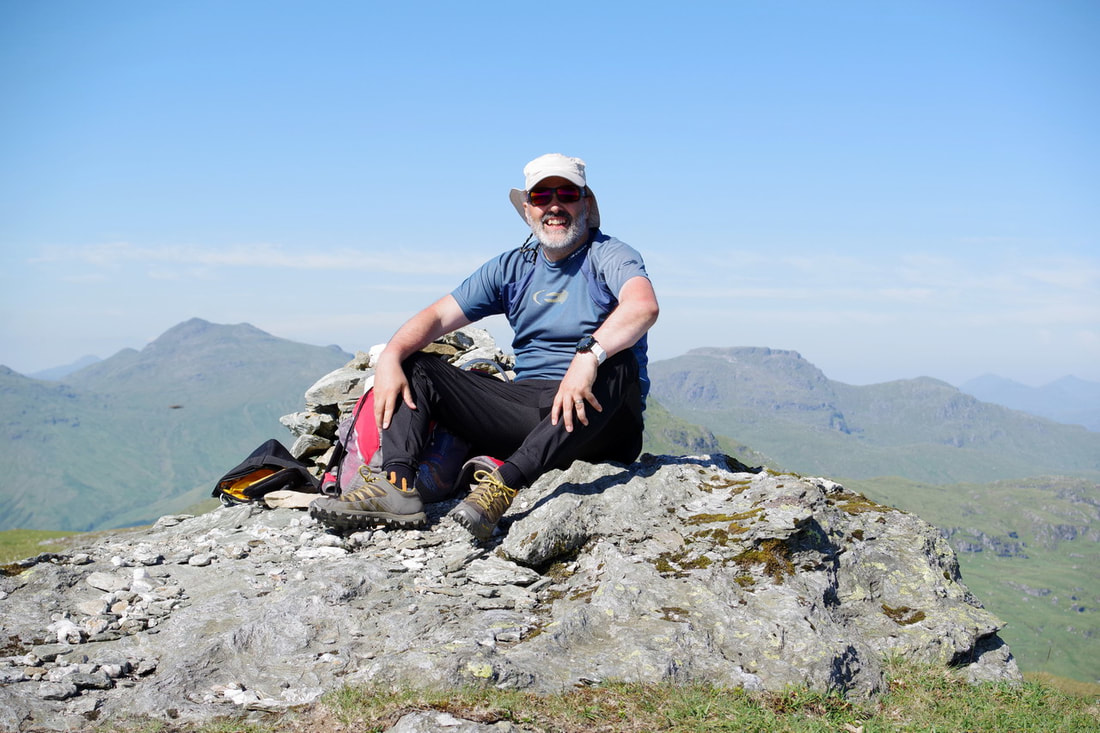
Bought in 2018, this is a major upgrade to my previous cameras. After four Fujifilm cameras, I have switched to Pentax. In keeping with the mathematical progression of 3MP, 6MP, 12MP, this is a 24MP camera. Though not cheap, the K-70 was the cheaper of my short-listed cameras, especially with an extra £180 off. By saving on the body, I was able to buy a higher quality lens. The DA 20-40mm F2.8-4 Limited DC WR lens, as the name indicates, is weather resistant, making it a good addition to the weather-sealed K-70 body. I bought it bundled with a 50mm prime lens for just an extra £30, but I will use that for photographing friends and family rather than recording my adventures on the hills. I later plan to buy a 55-300mm WR telephoto lens but the 20-40mm lens is the only one I am likely to use on the hills as I do not want the additional weight and bulk of additional lenses.
I am able to connect it to my phone, which then becomes a remote.
I have a lot to learn to get the most out of the camera, including the use of filters. I am hoping that it lasts as long as my previous two Fujifilm cameras!
I am able to connect it to my phone, which then becomes a remote.
I have a lot to learn to get the most out of the camera, including the use of filters. I am hoping that it lasts as long as my previous two Fujifilm cameras!
Lenses
|
HD Pentax-DA 20-40mm F2.8-4 Limited DC WR - APS-C only lens weighing just 283g and is weather sealed. This is my main "walk-around" lens and usually the only one that I take with me when walking in the hills. I bought it with the camera. In fact, even though it was on a good offer, it cost as much as the camera body. IT has quick and quiet autofocus as well as "Quick-shift" manual focus.
|
SMC Pentax-DA 50mm F1.8 - APS-C lens weighing 122g. If my memory serves me well, I had to pay an extra £30 to include this lens. Photographers use words like "plastic fantastic" and "nifty-fifty". It is my best lens for indoor photography or poor light conditions. It is the only lens I took with me on my trip to Uzbekistan and I have carried it out onto the hills on 2 or 3 occasions.
|
SMC PENTAX-DA* 1:4 300mm ED [IF] SDM - This is by far my most expensive lens. Although designed for APS-C sensors, it reportedly works perfectly on full frame. Sports photographers often use 70-200 F2.8 lenses but this is less unwieldy, gives me extra reach and the sharpness of a prime. I do lose an F-stop of light, but I find this is not a problem for ice hockey or football in natural light. I captured Dmitri Shomko's equaliser against Manchester United with this lens. Oh, and I forgot to mention that it is weather-sealed!
|
|
Sigma Macro 70mm f/2.8 EX DG - I bought this off Ebay as "New (other), which in this instance means that is was used on display at photo shows but not previously owned. It certainly arrived looking brand spanking new, though the lens hood was missing and I had to buy a slightly marked second hand one separately. I do not actually use the hood much as it is screw on, rather than bayonet fit and it does not reverse on the lens for storage. Also, for macro photography, it blocks the light. This is super noisy and hunts a lot. It does have a distance limiter switch, which helps a bit. These things are worth tolerating as it is tack sharp, even wide-open. The thing is, the main thing going for this lens is image quality and that is what matters most. It cost just over £300, which is very good for a lens of this quality and condition.
|
SMC PENTAX-DA 1:2.8 35mm Macro Limited - This was bought along with the Pentax 100mm Macro lens from Ebay. They were from the same seller, so I put in a combined offer, getting them at a slightly discounted price as a result. I have not had the opportunity to try either of them as yet, but it has the reputation of being extremely sharp. This lens is light at 215g and has a built in hood. Unfortunately, it is not weather sealed. The focal length is covered by my 20-40mm Limited, so buying this is a bit extravagant. However, if I ever decide to sell it on Ebay, I would probably get at least that for it. Lenses hold their value more than the bodies, especially when bought second hand in the first place!
|
SMC PENTAX-D FA MACRO 1:2.8 100mm WR - Part of my extravagant joint purchase. It was sold as little used. I am hoping that its sharpness comes close to that of my Sigma. It is about 200g lighter, while offering greater reach and being weather-sealed. Again, if it does not reach my expectations or I need the money for something else, I can put it up for auction with the expectation of getting most/all of my money back.
|
|
Sigma 70-200mm f/2.8 EX DG APO OS HSM - This is a beast of a lens and I am unlikely to ever carry it out onto the hills. That said, I have used it for cityscapes. It is versatile and I would say sharp wide open up to about 150mm and more than acceptable stopped down to f/4 or f/5.6 at the longer end. I really bought this for sports, especially ice hockey.
|
This is my most recent purchase and maybe my last lens purchase for a while - that is until Pentax release a telephoto zoom that is weather sealed and designed for a crop sensor. It is substantially heavier than my 20-40 limited lens but I intend to carry it out on the hill, though perhaps not while backpacking with a tent. I should also experiment in the area of astrophotography, preferably with a bothy or tent in the foreground. Just like with hillwalking, there are always new possibilities to explore.
|
I have two tripods. This one I have had for a long time. It is less stable than my Manfrotto Befree Advanced Aluminum Travel Tripod and only extends to 64cm, which is not ideal for a summit selfie if I want to get the other hills in the background. However, it is only 788g.
|
2023 update: old K70 taken with a new K3iii and vice versa
Camera bags
|
Above: Lowepro SH 120 II Adventura. This is ideal when using the 20-40mm Limited lens and I can just squeeze in the V4 Design strap. Right: Lowpro Revolver Top Loader Zoom 75 AW II, for when I am using my DA* 300mm lens.
|
At 1.59 kg, I have never carried this out onto the hills, but I might do so if I want to do some long exposure shots, such as during summit camps or to capture fast moving clouds. It does have a much better working height at 151cm. I am thinking about getting some spikes for the legs to add stability.
|
Camera strap4V Design Ala Top - Italian leather and gel cushioning. It feels very premium and luxurious. The downside is that it is much bulkier than the strap that came with the camera and can be difficult to pack into some lens/case combinations.
|
I now prefer a cuff strap to a neck strap - Peak Design.
|

